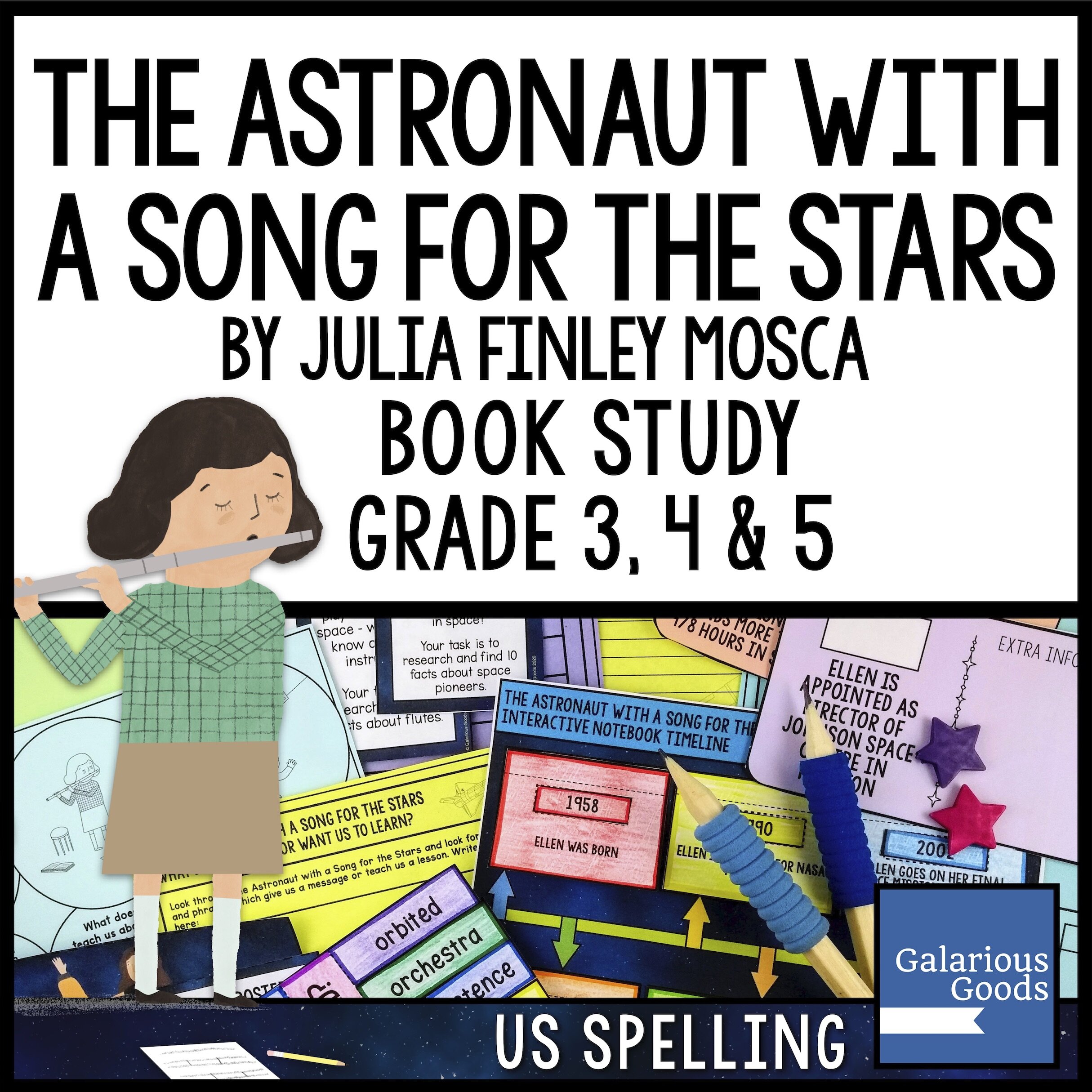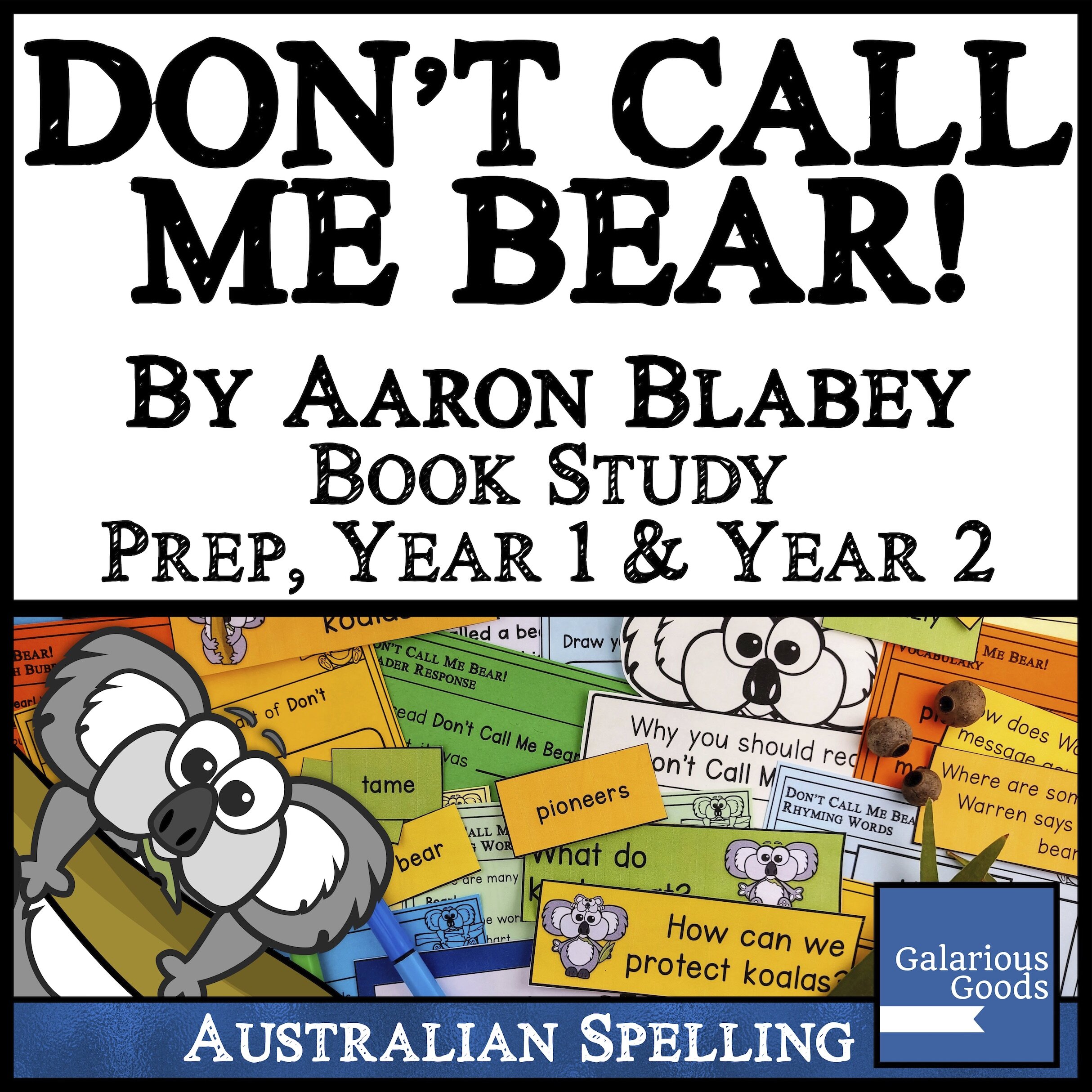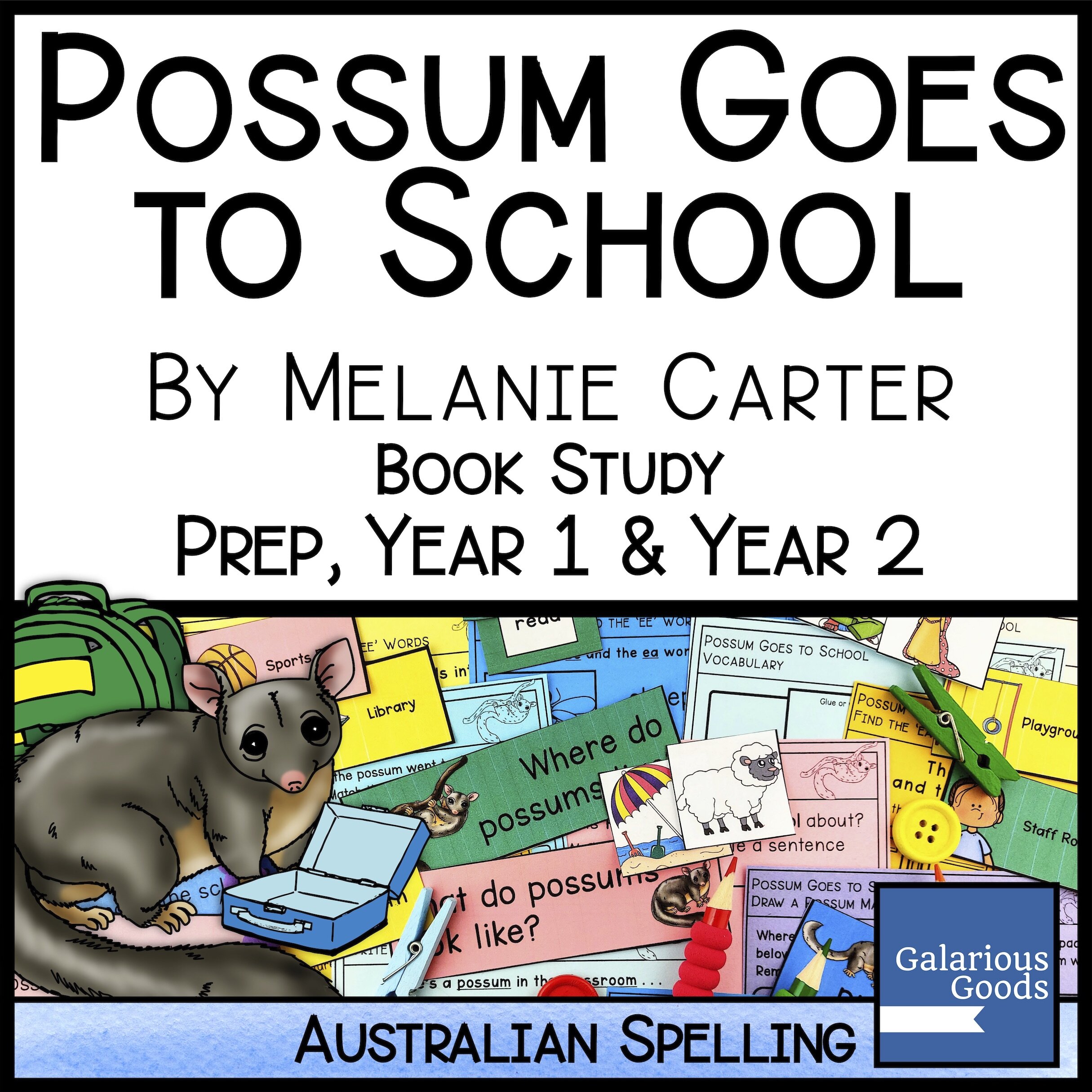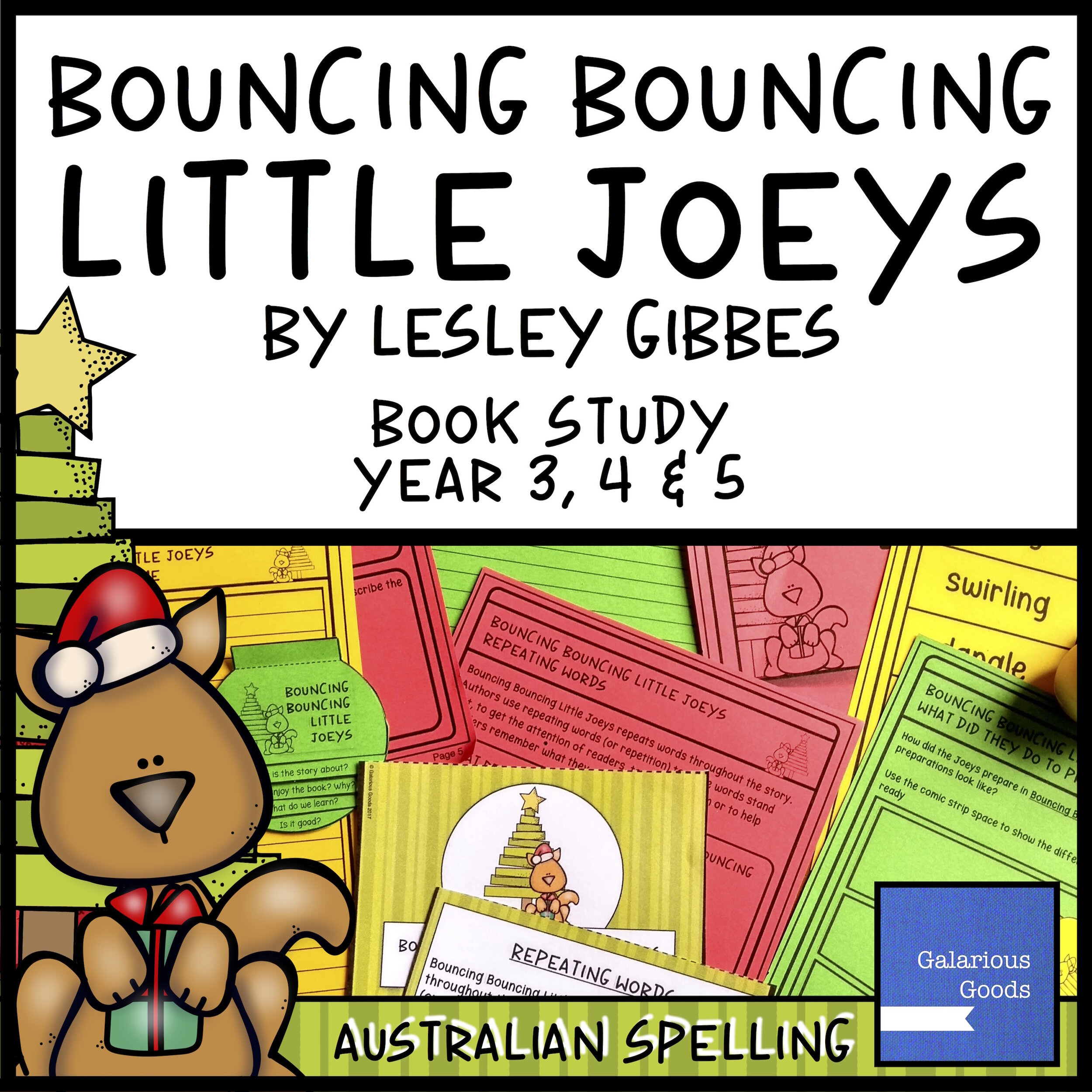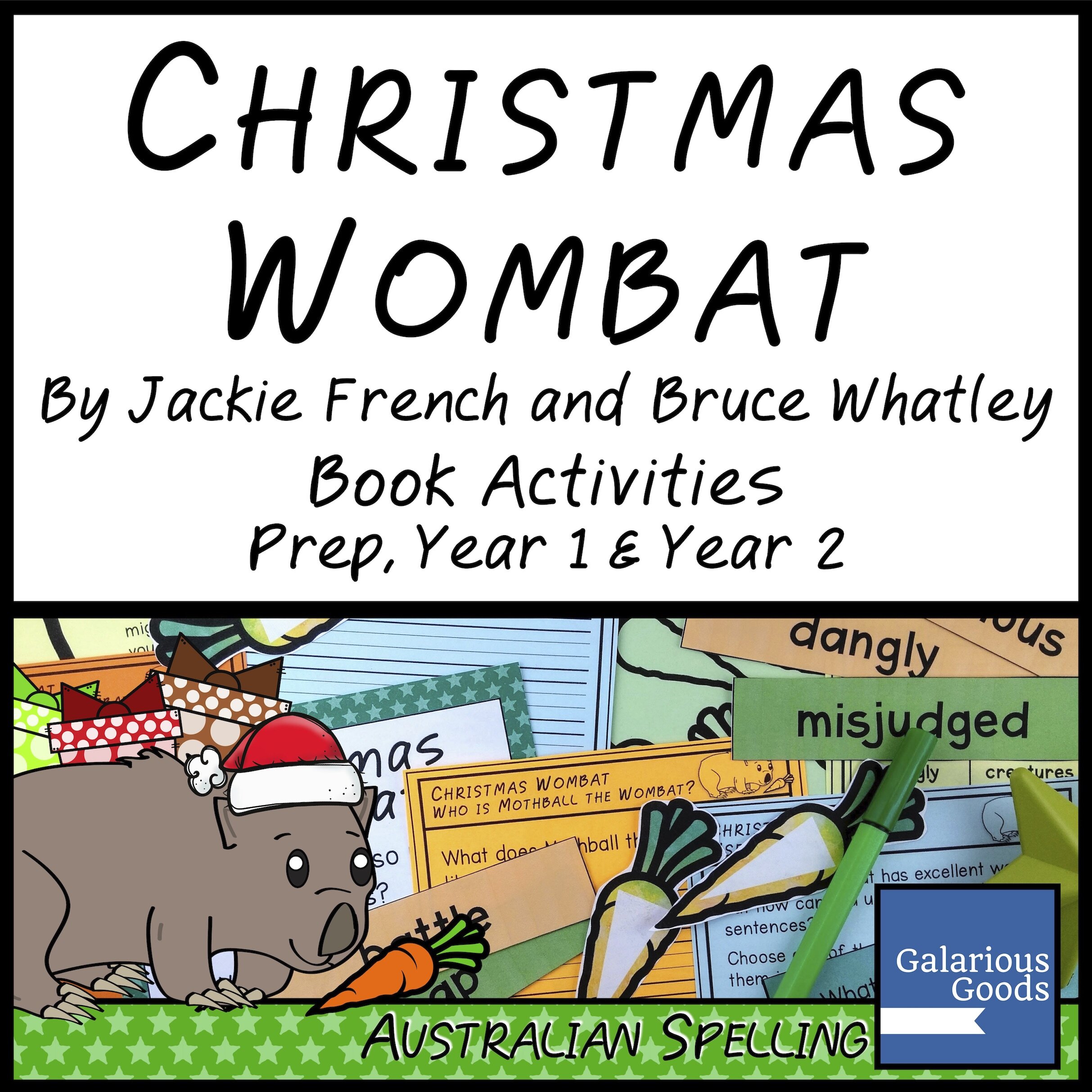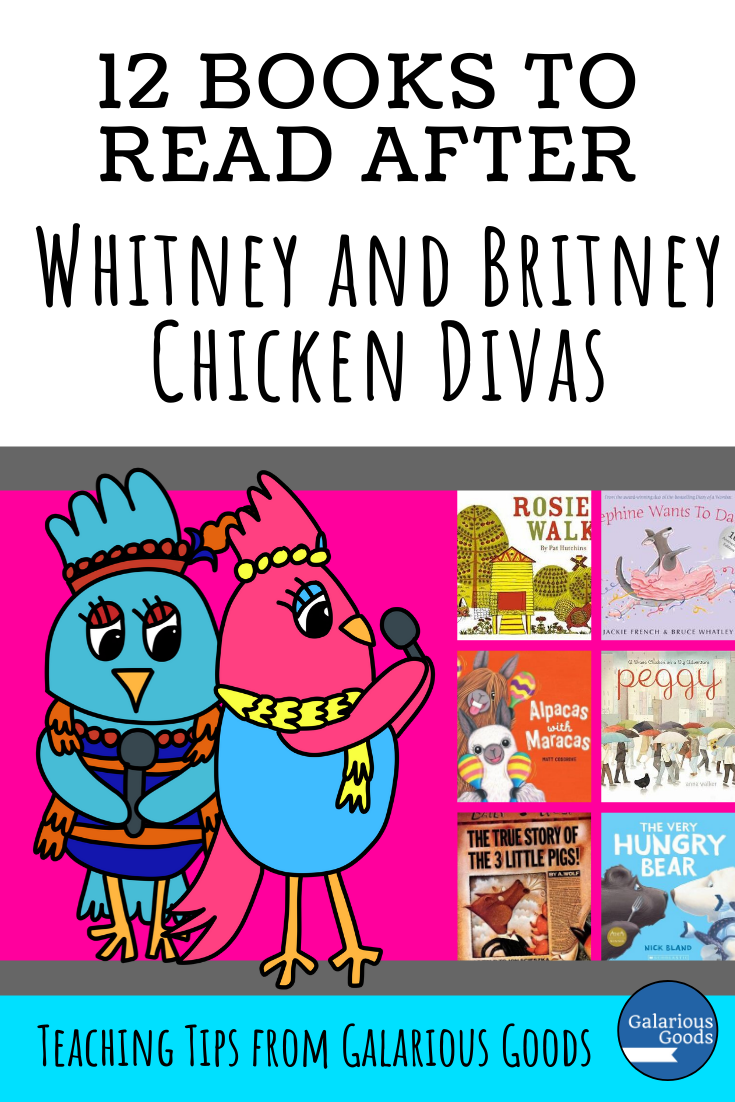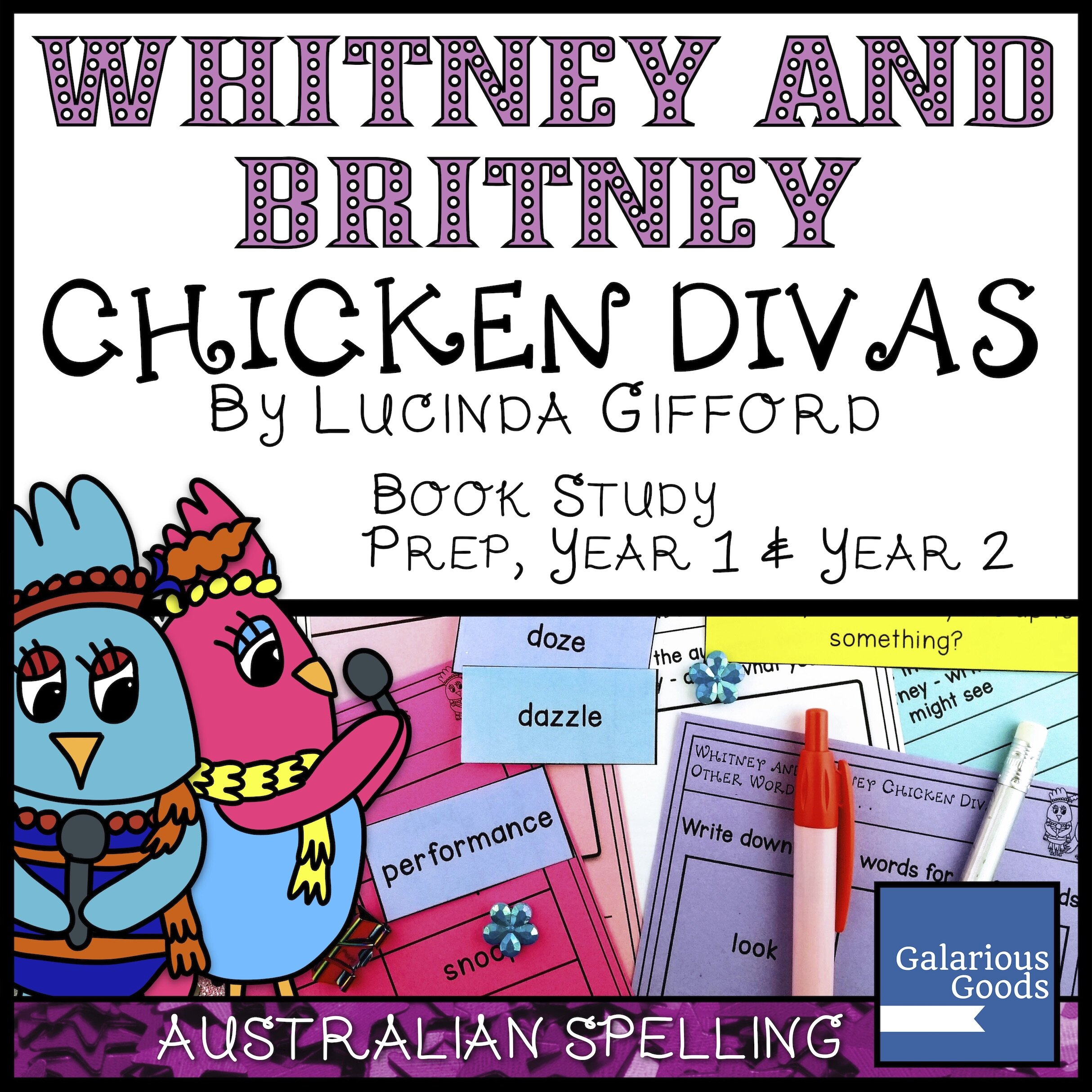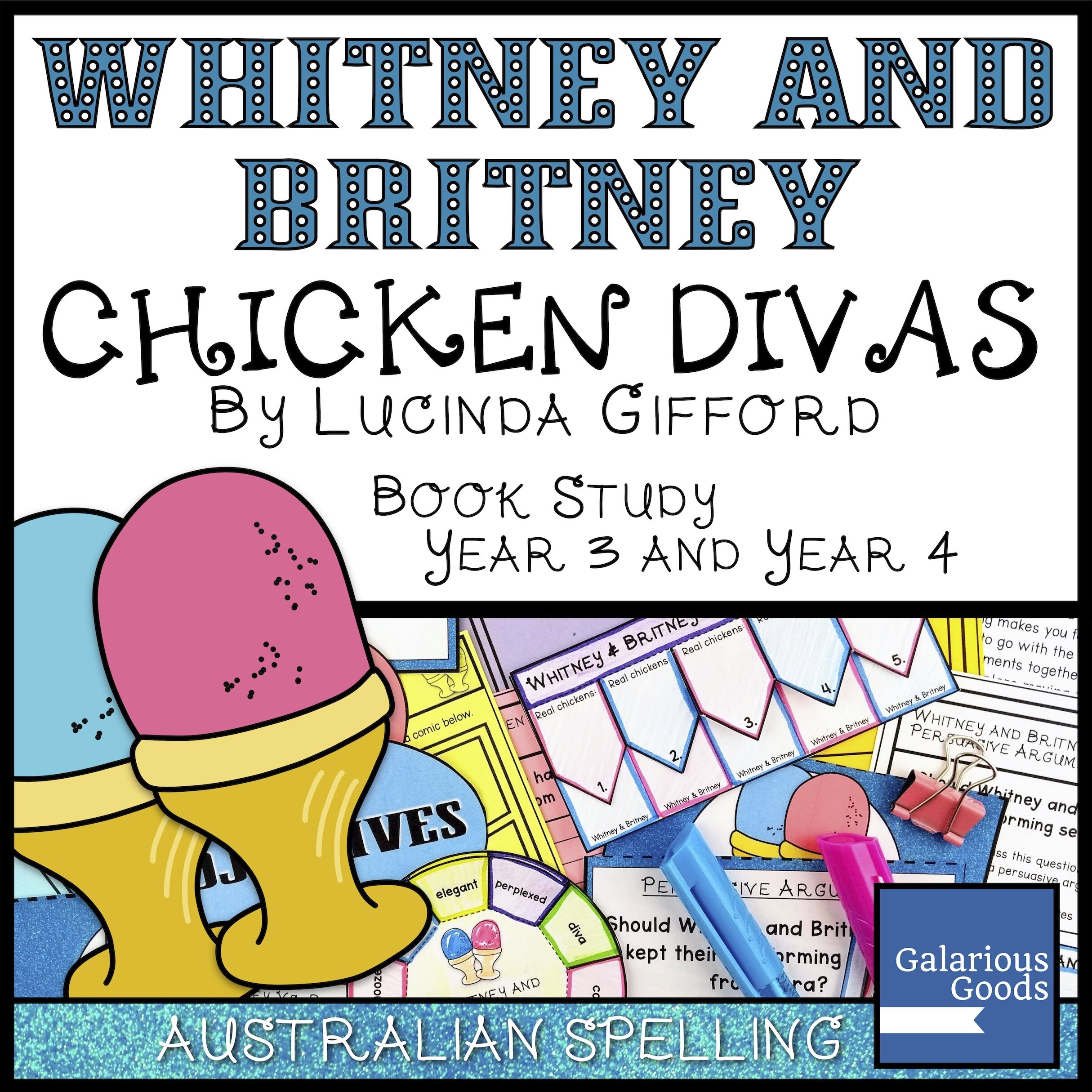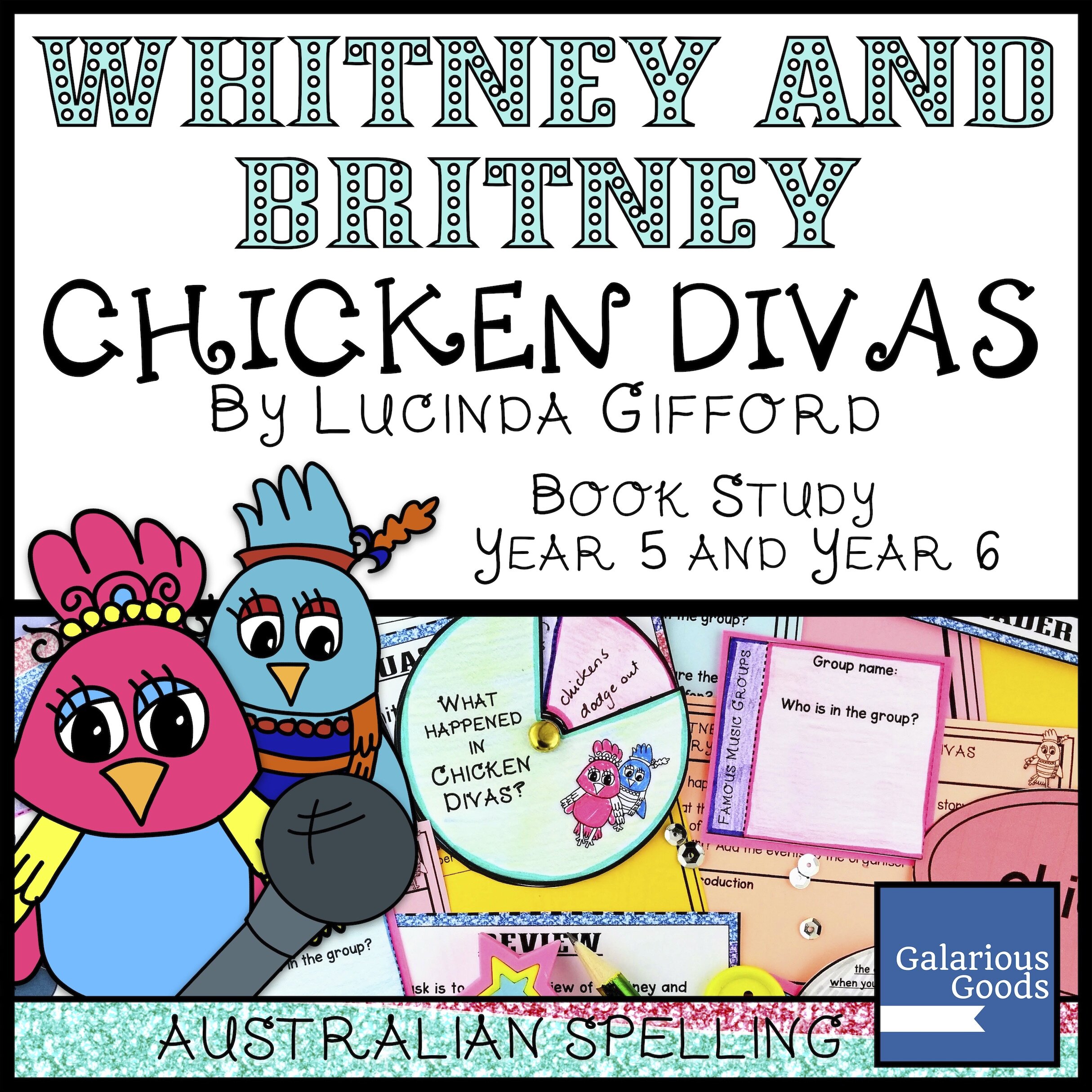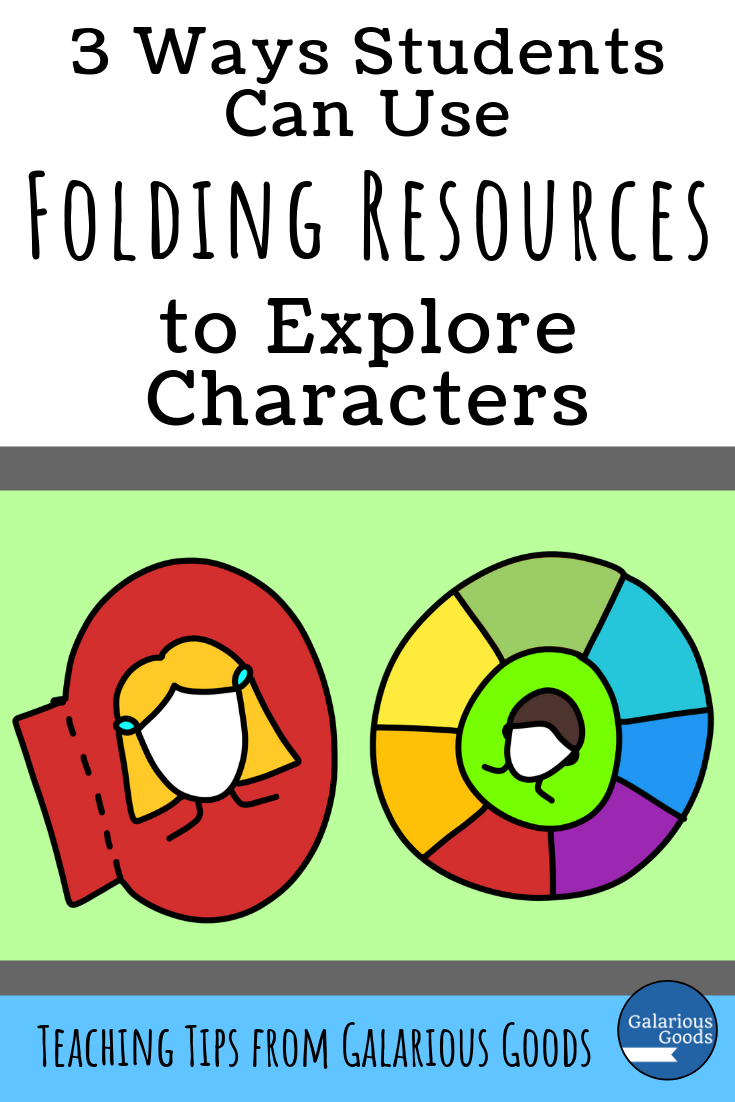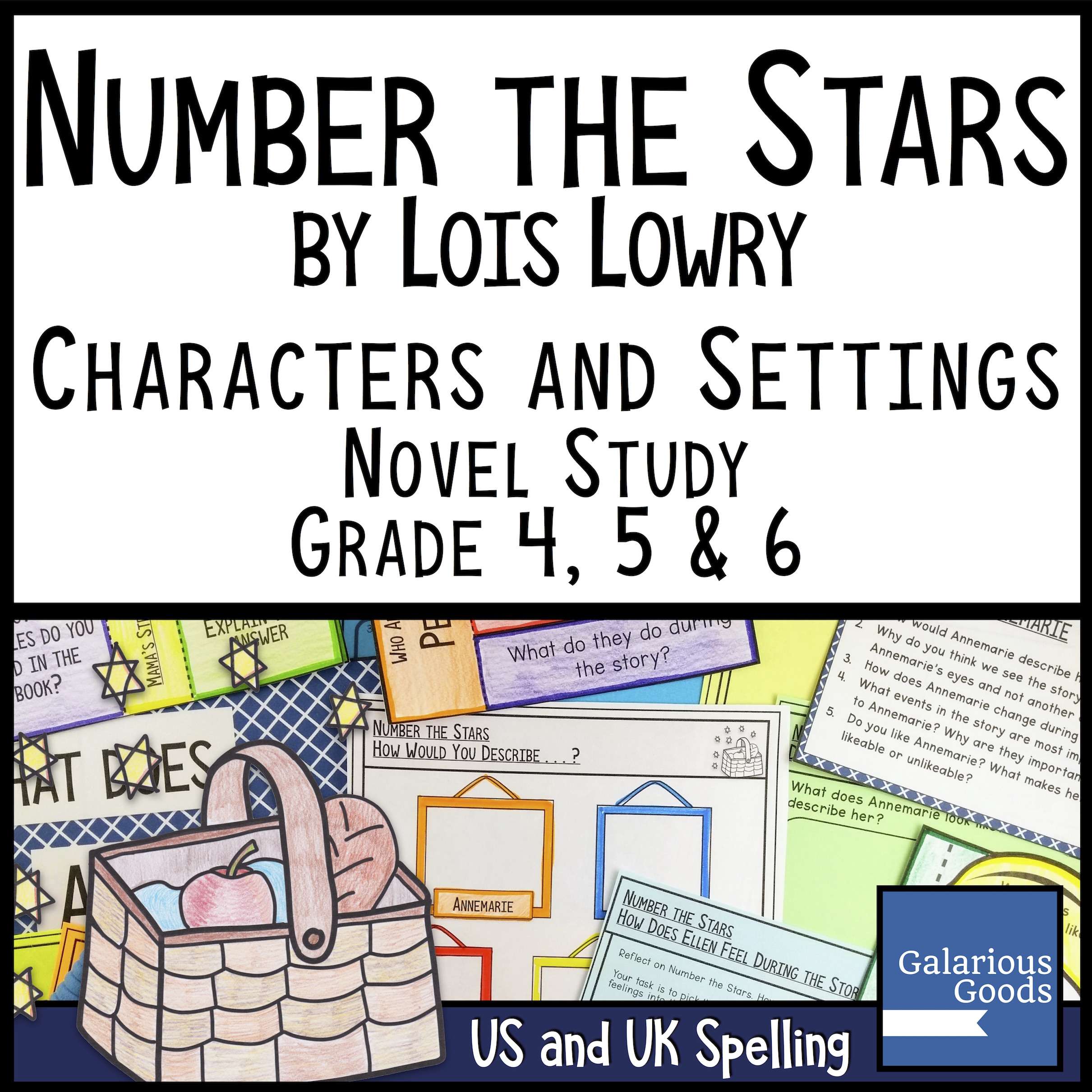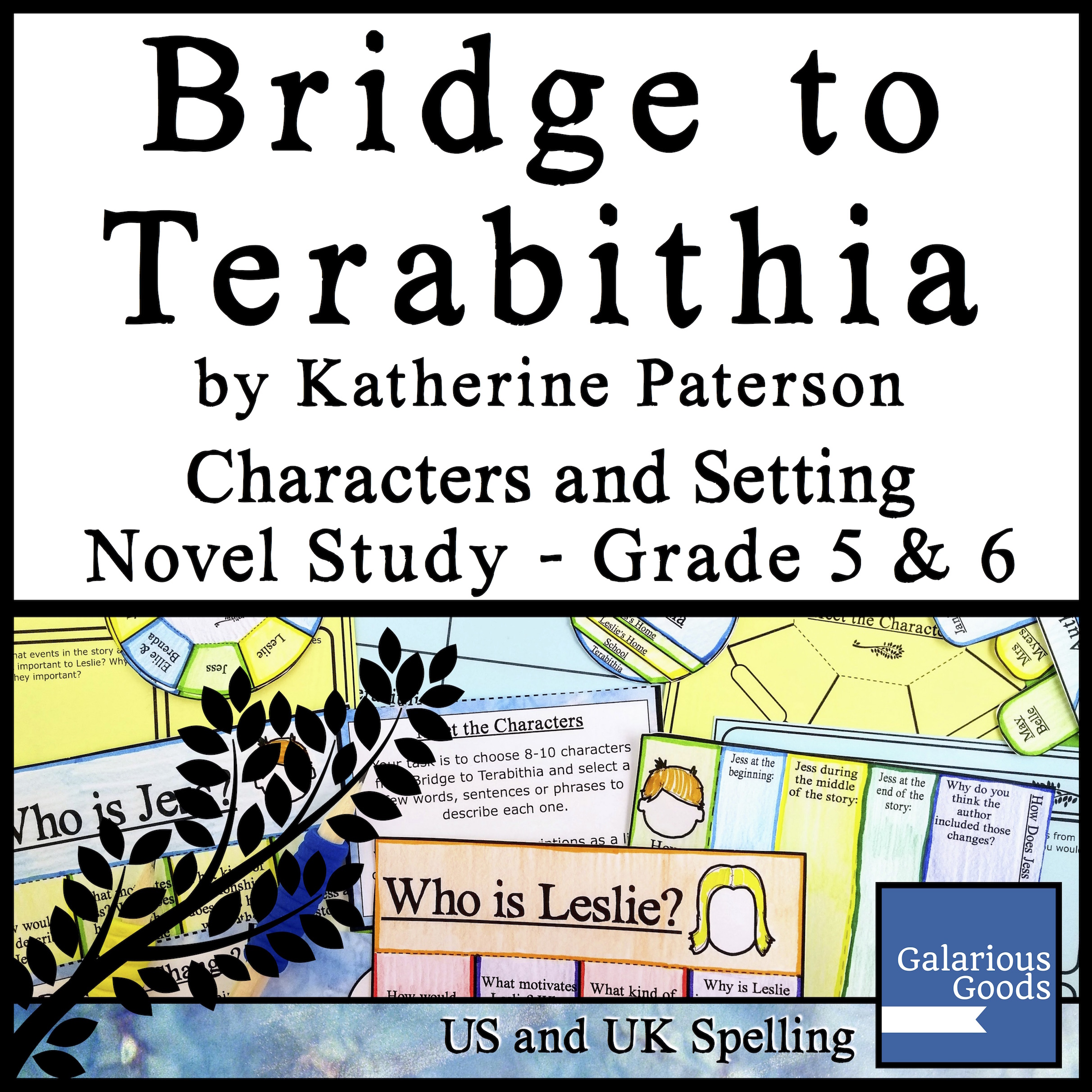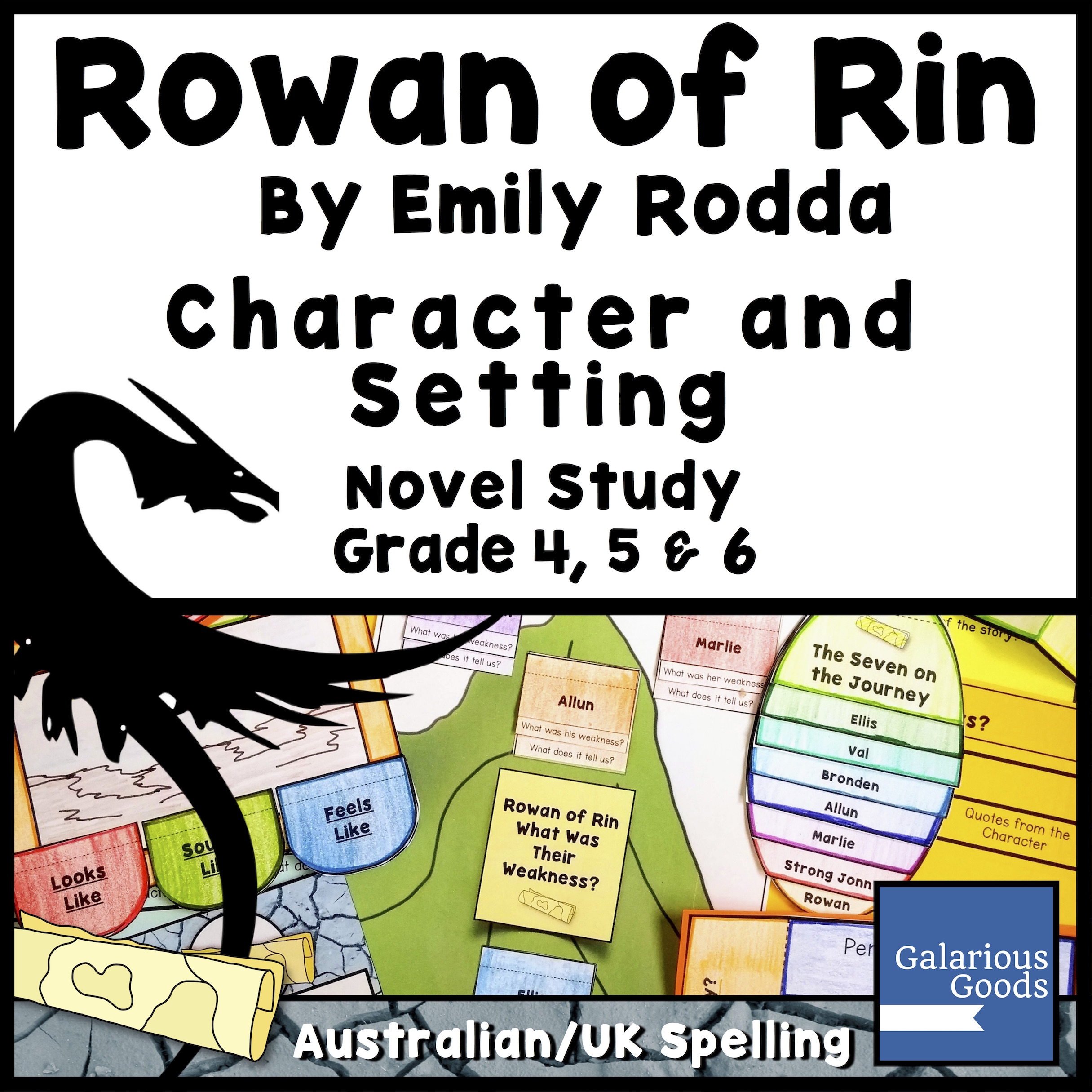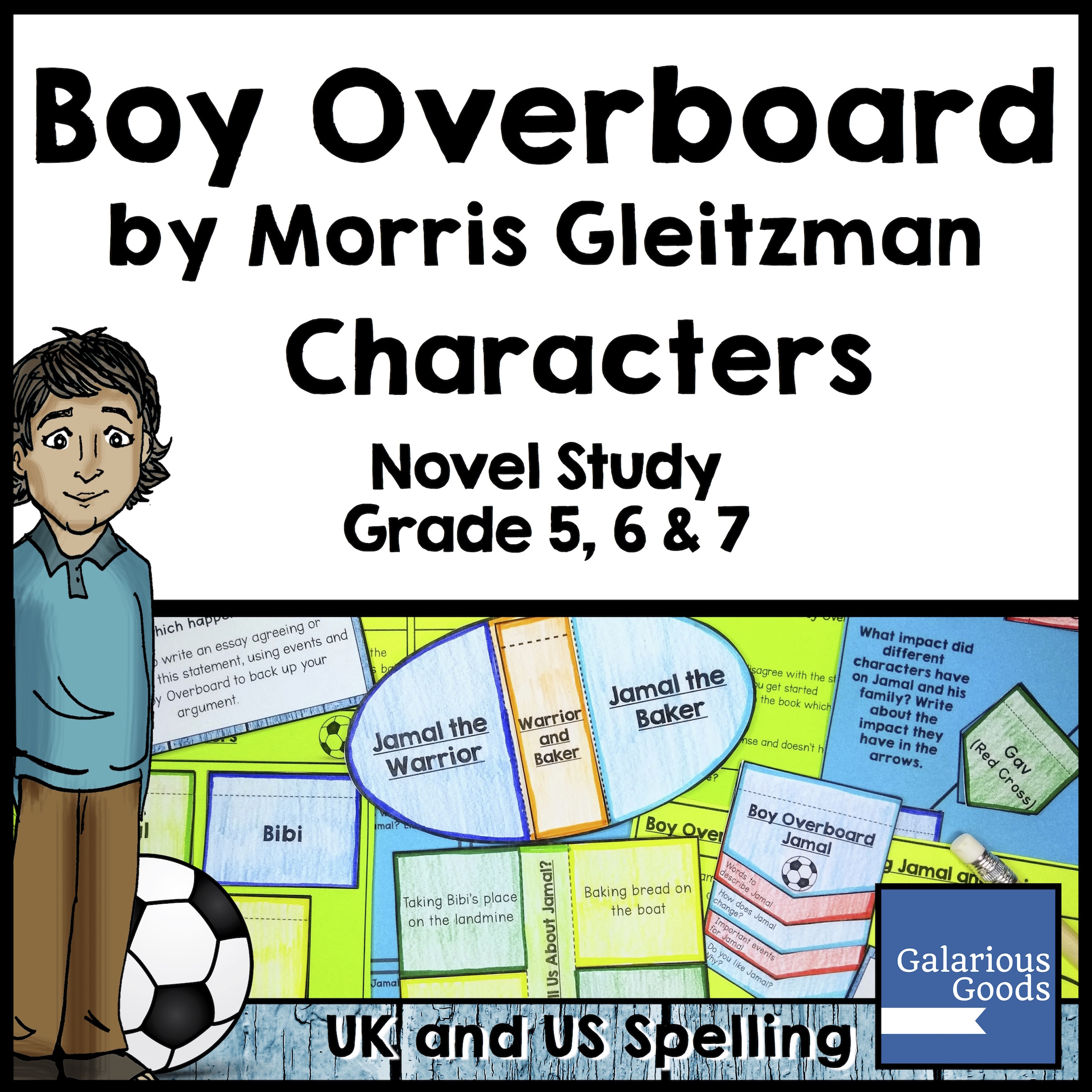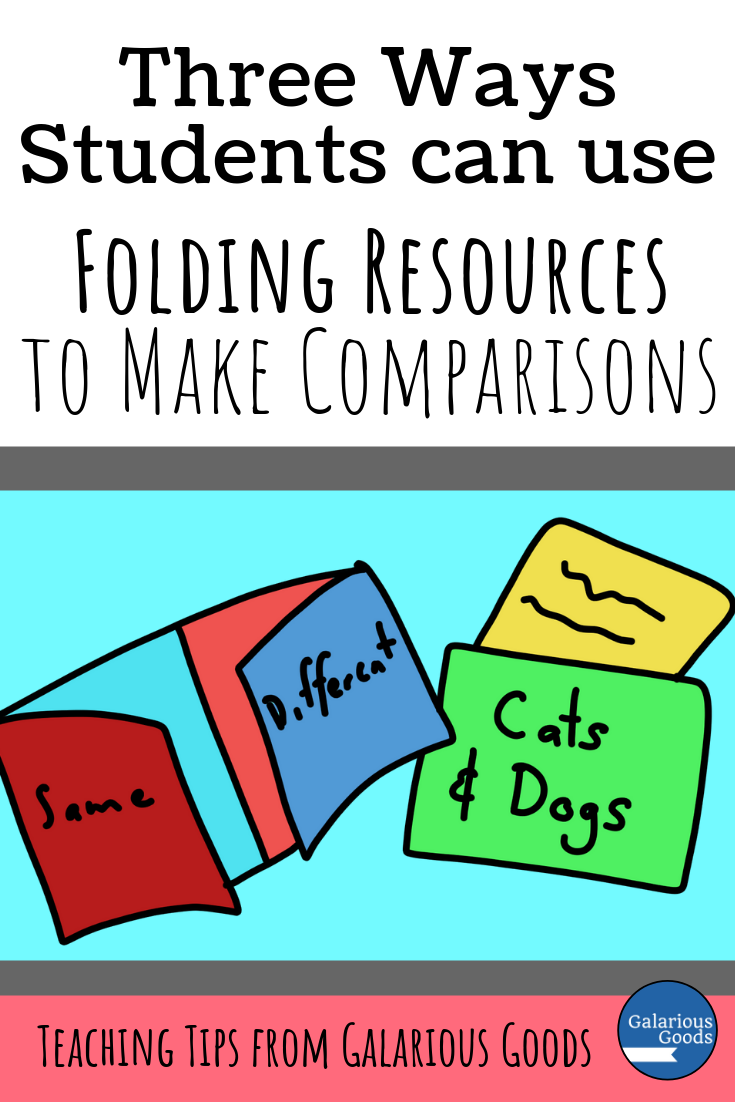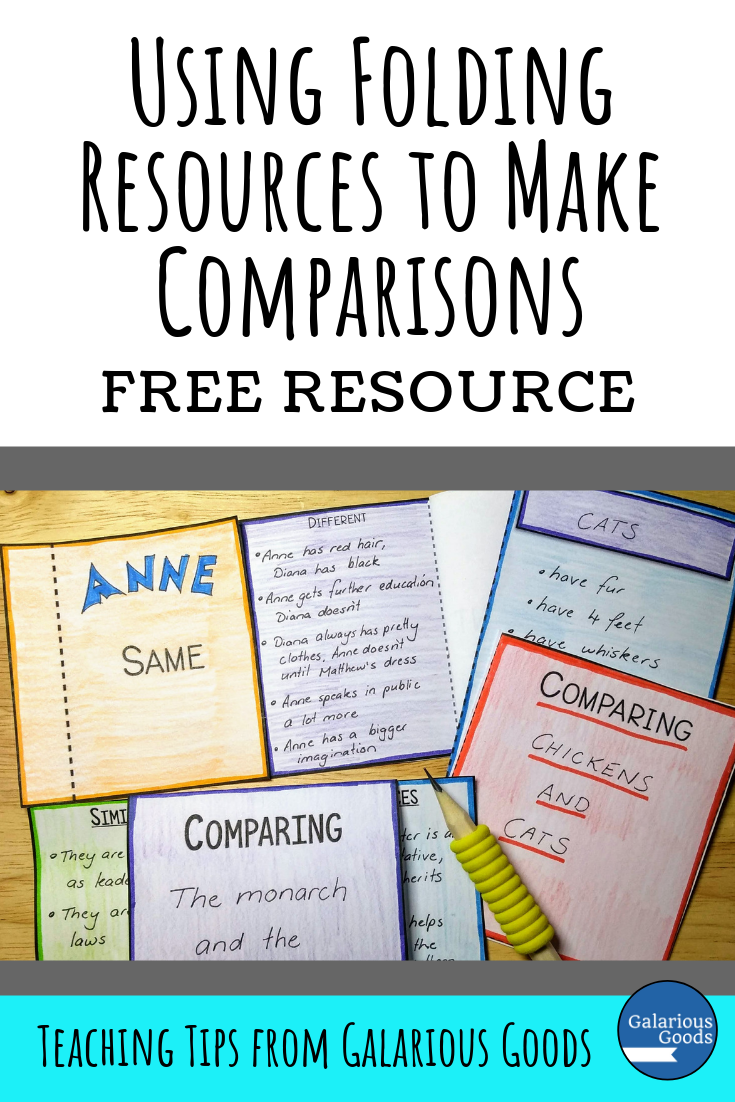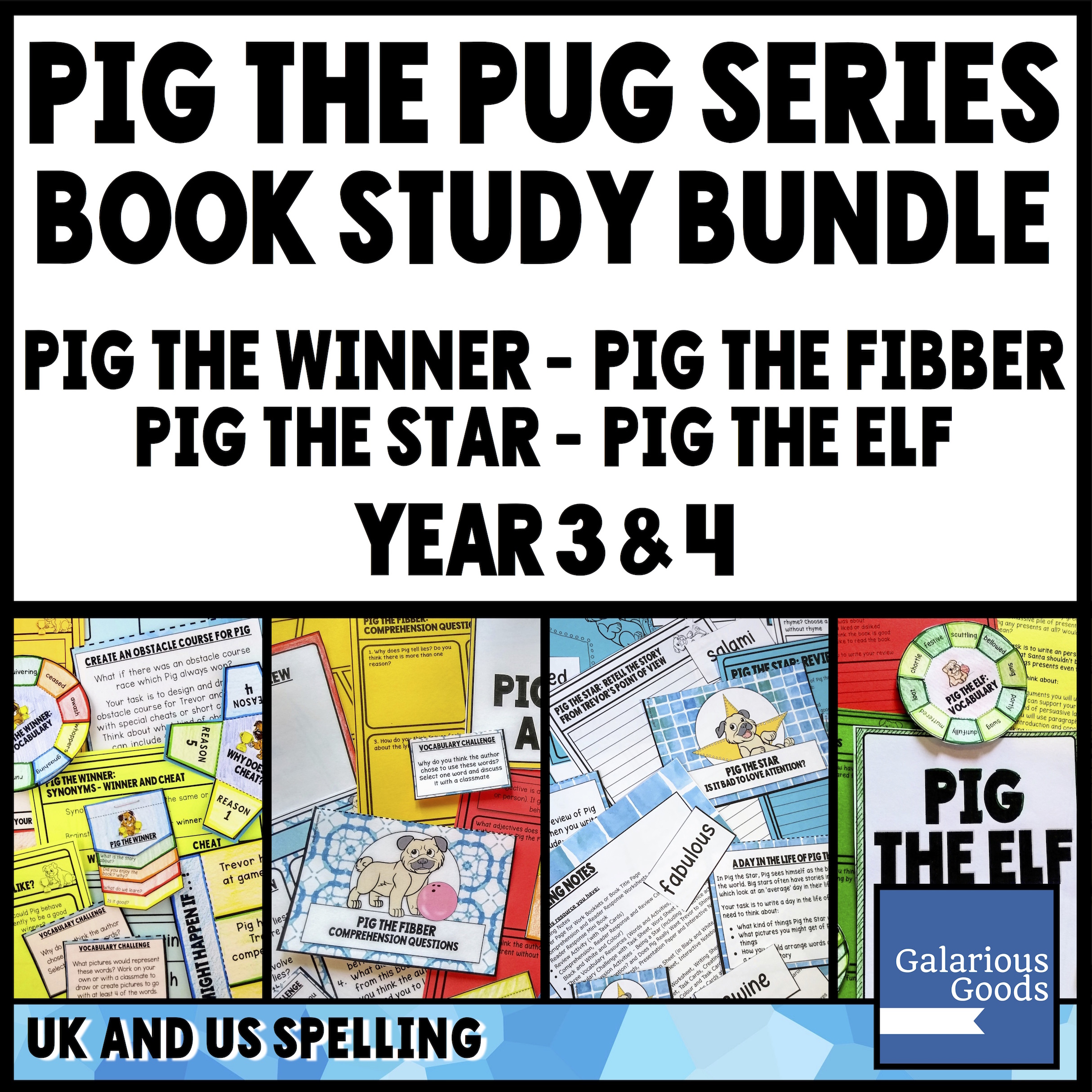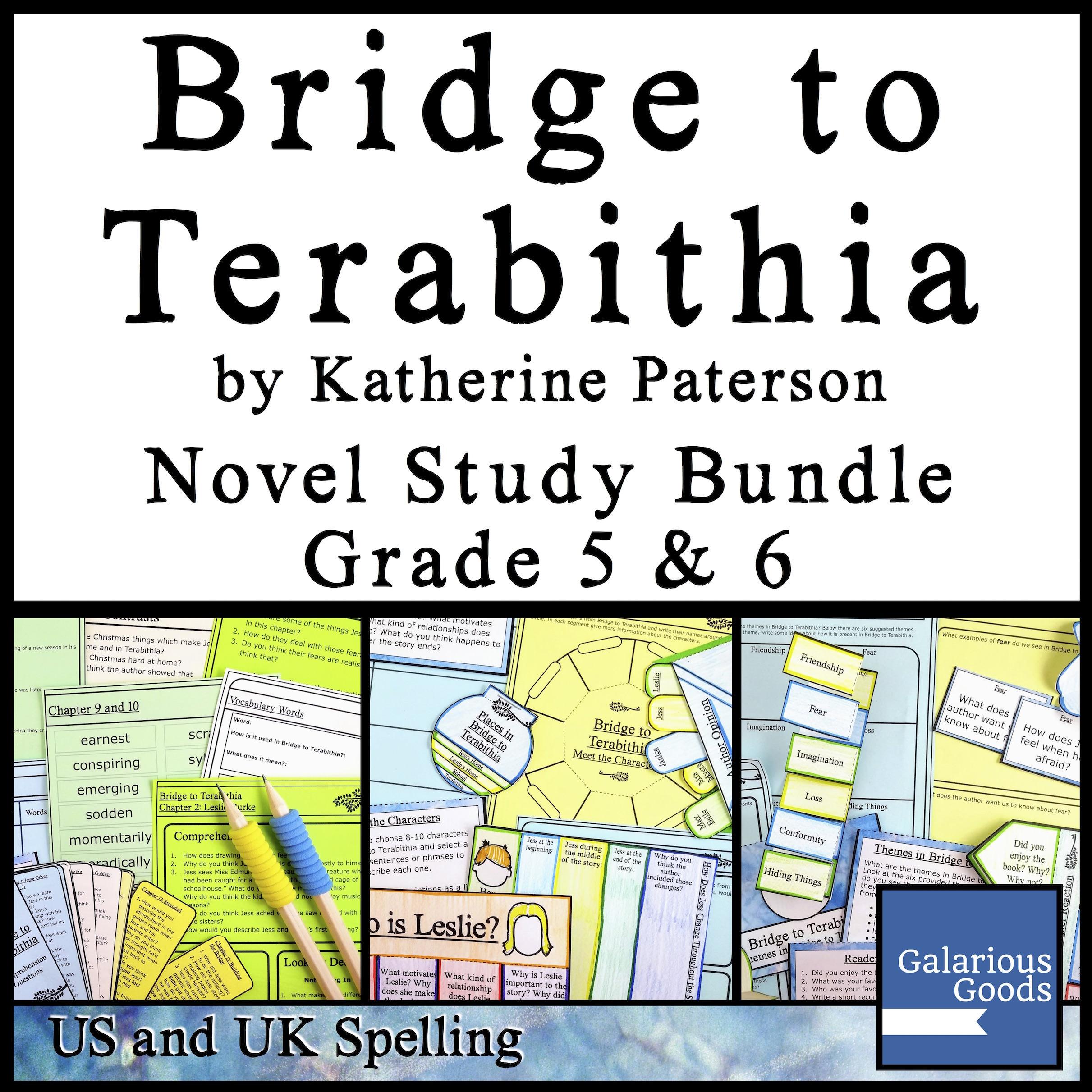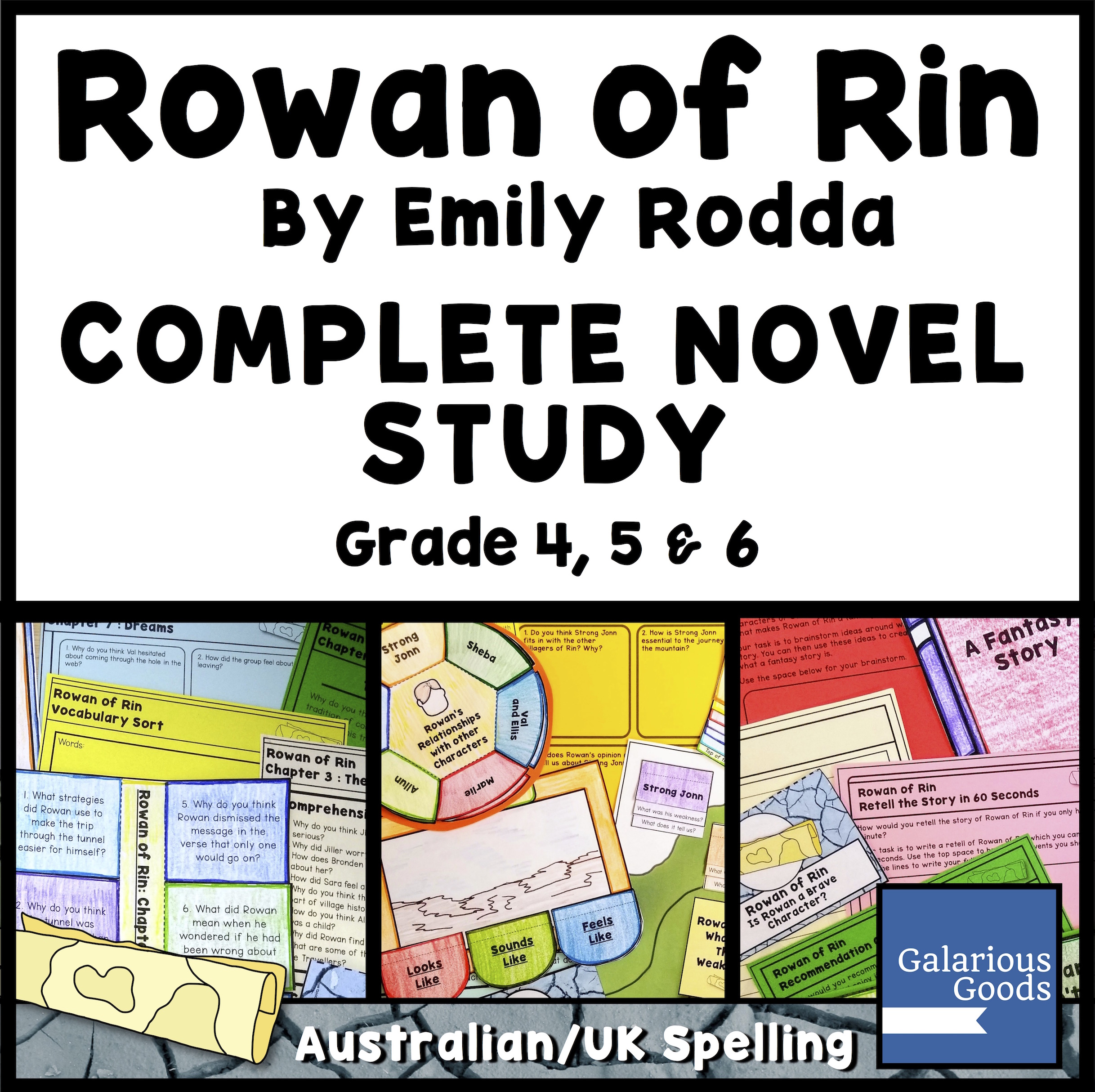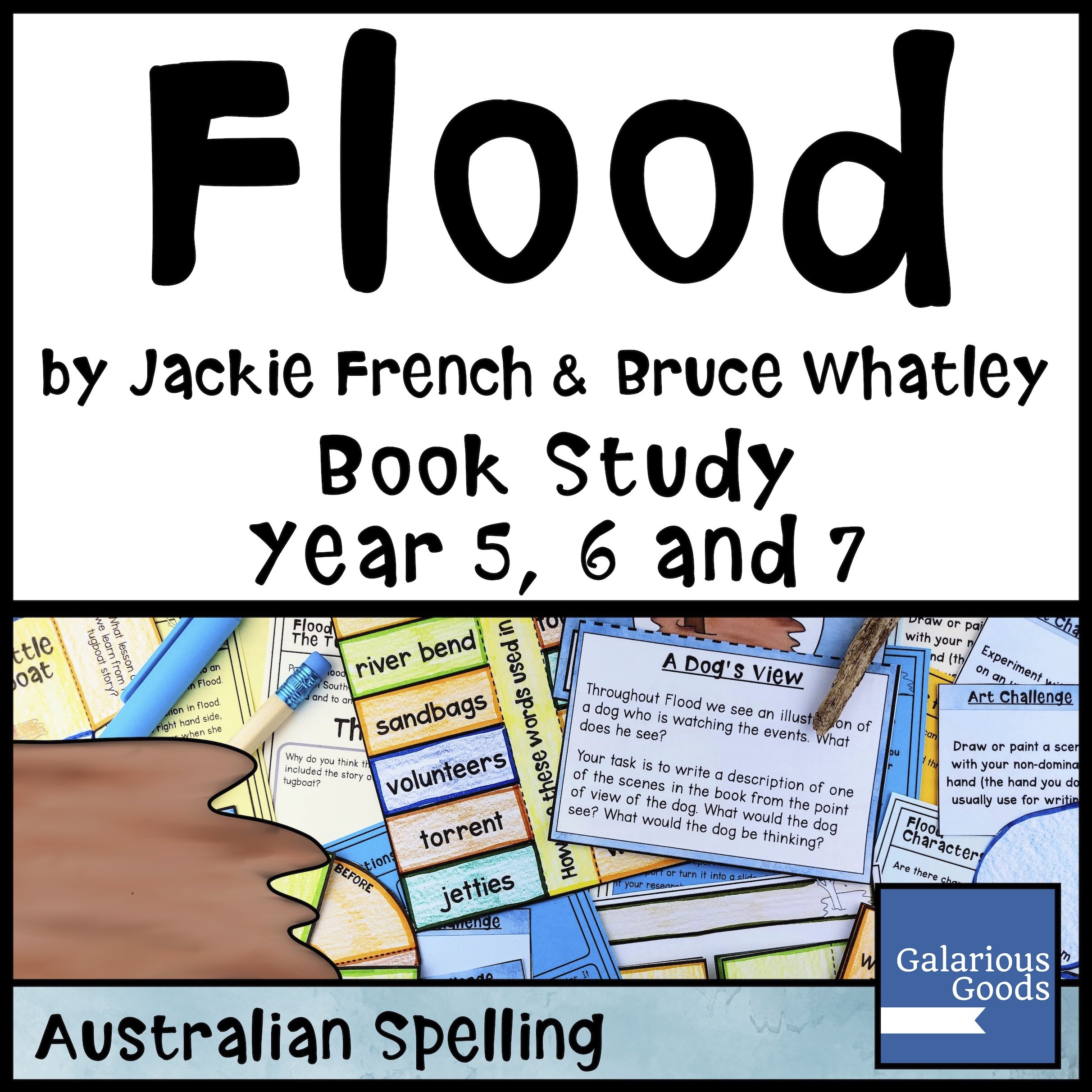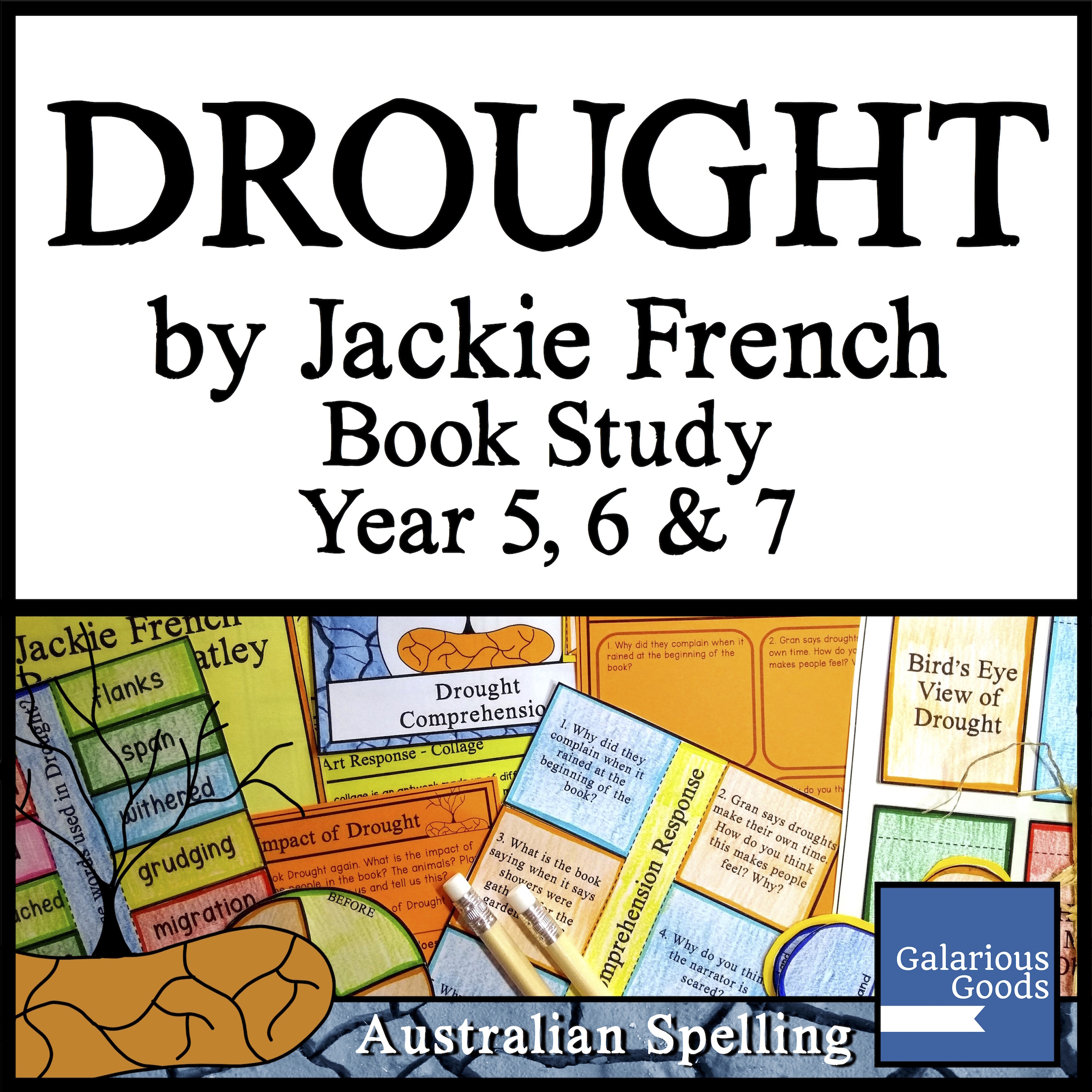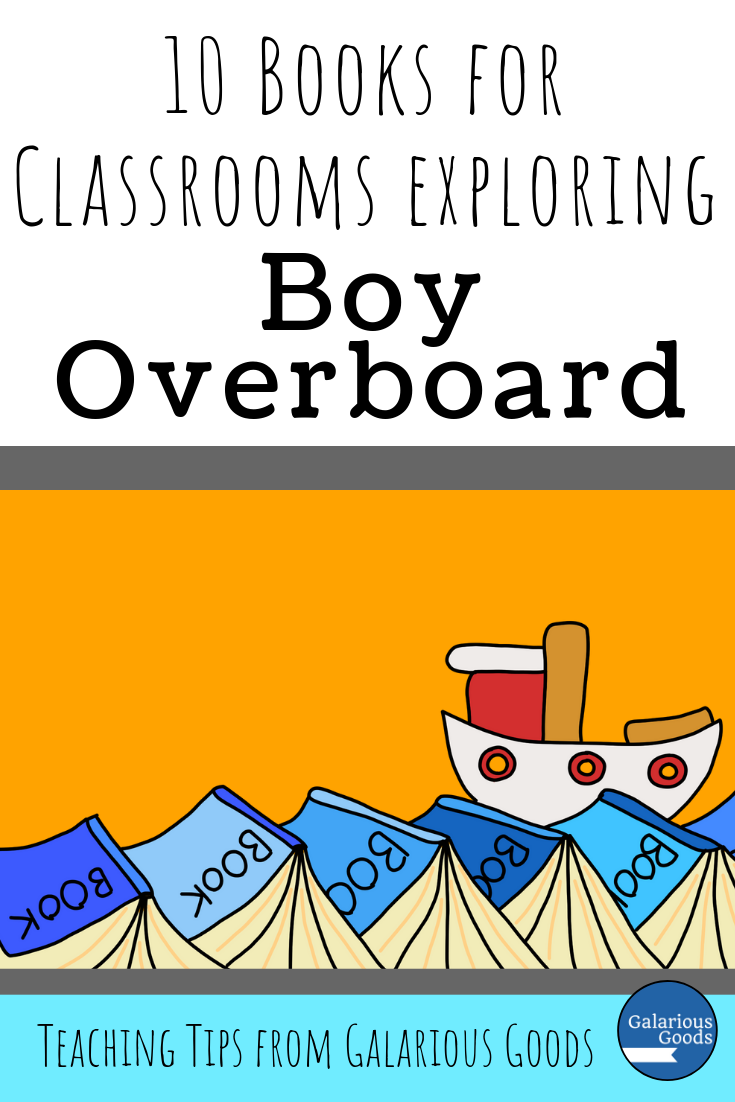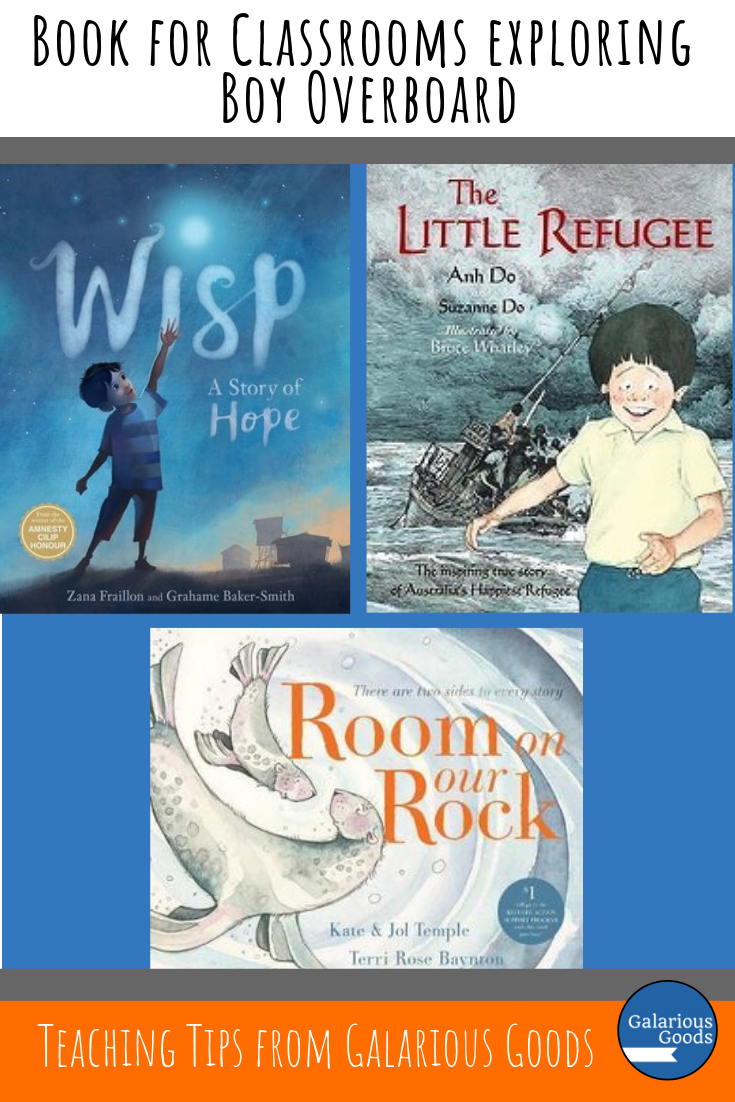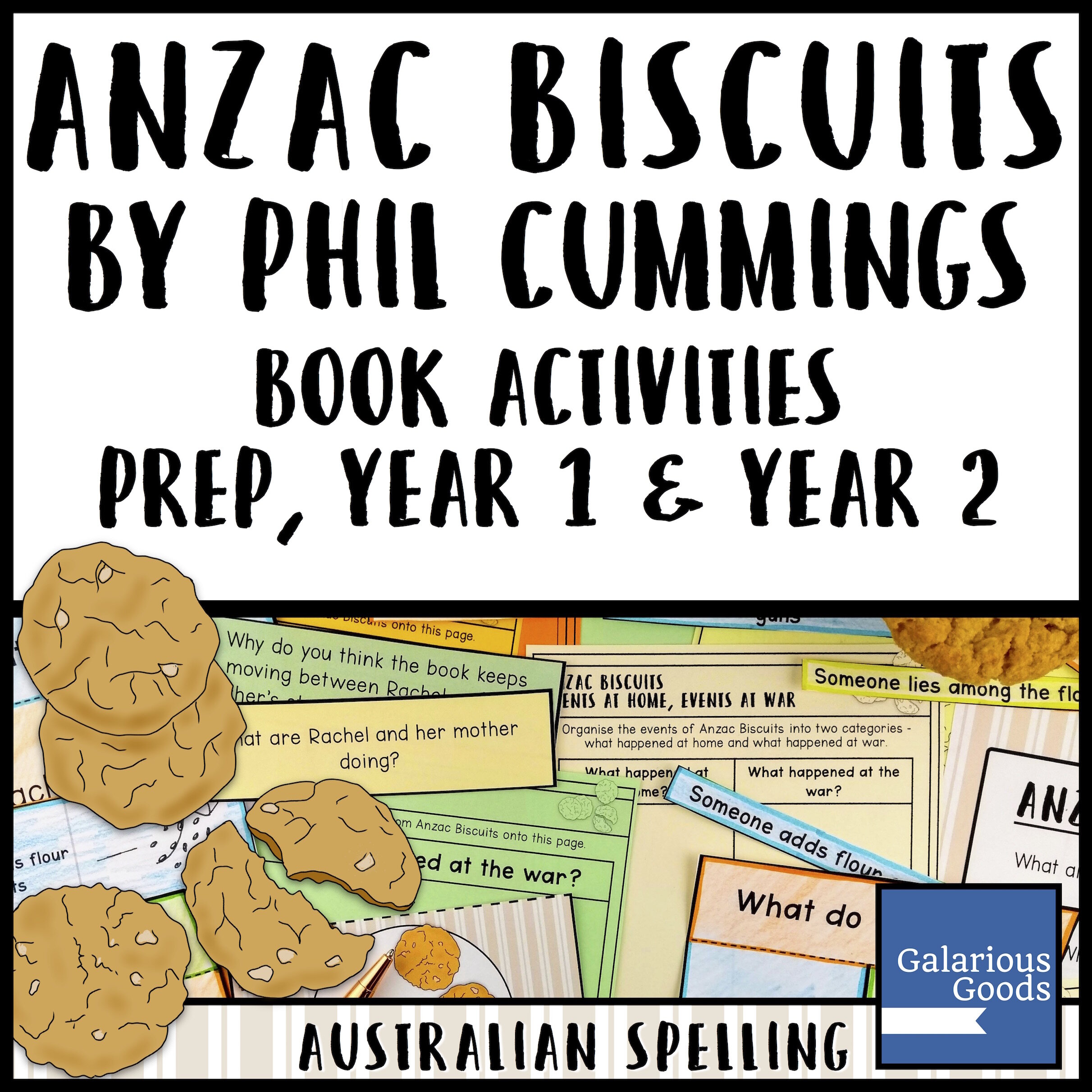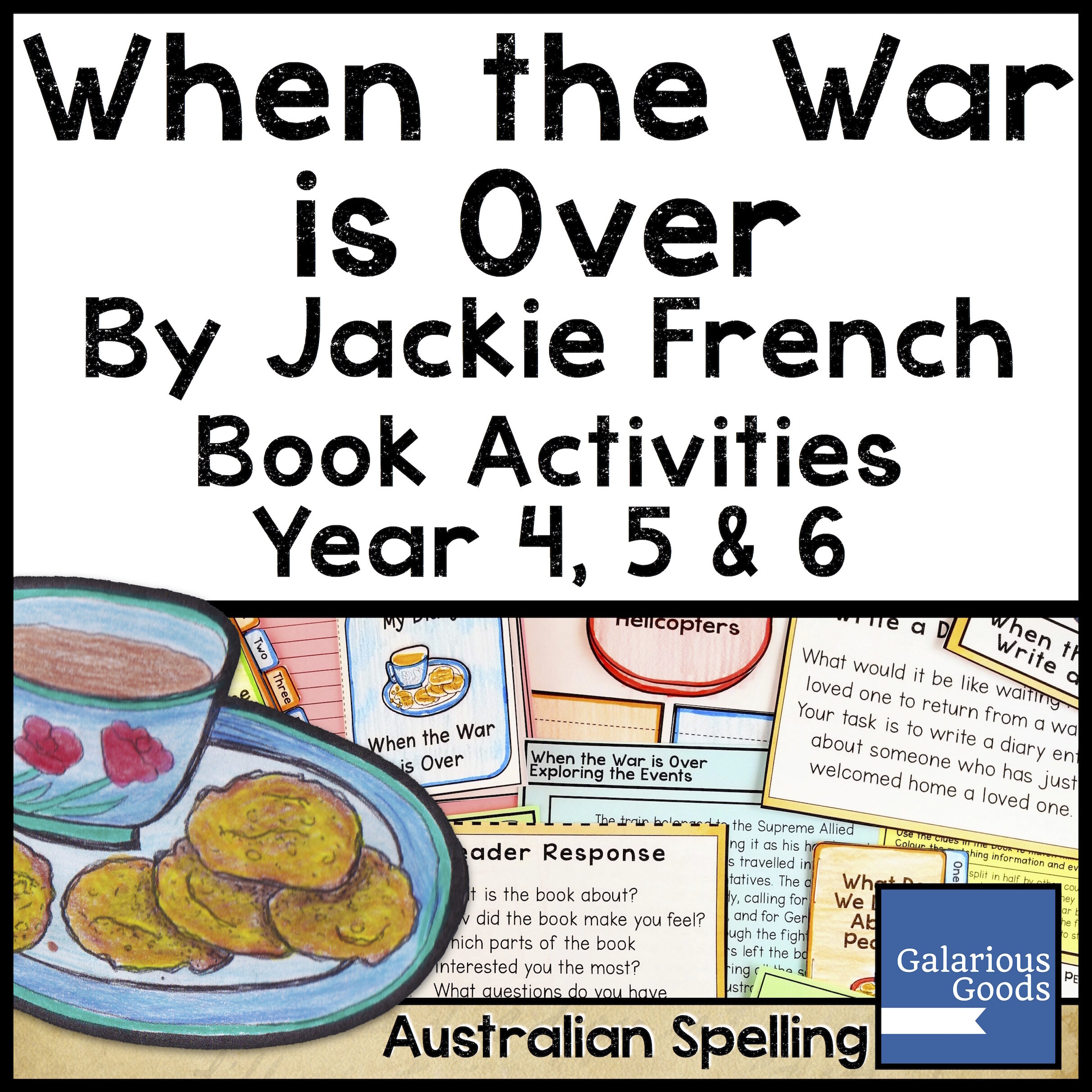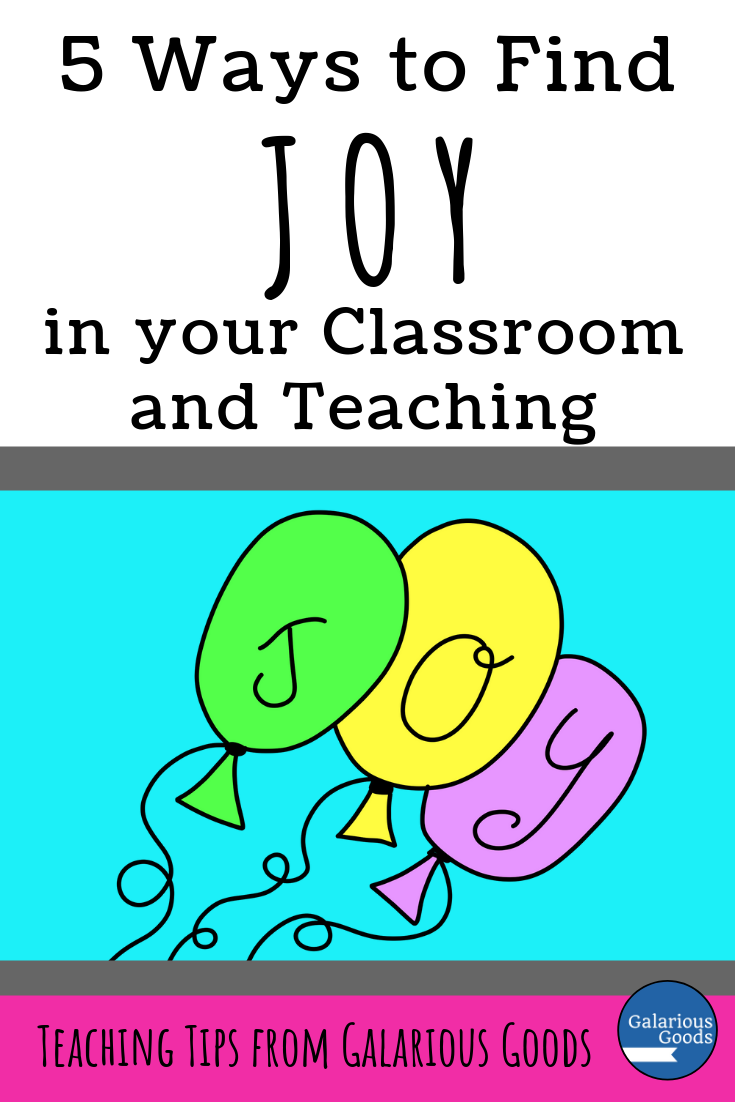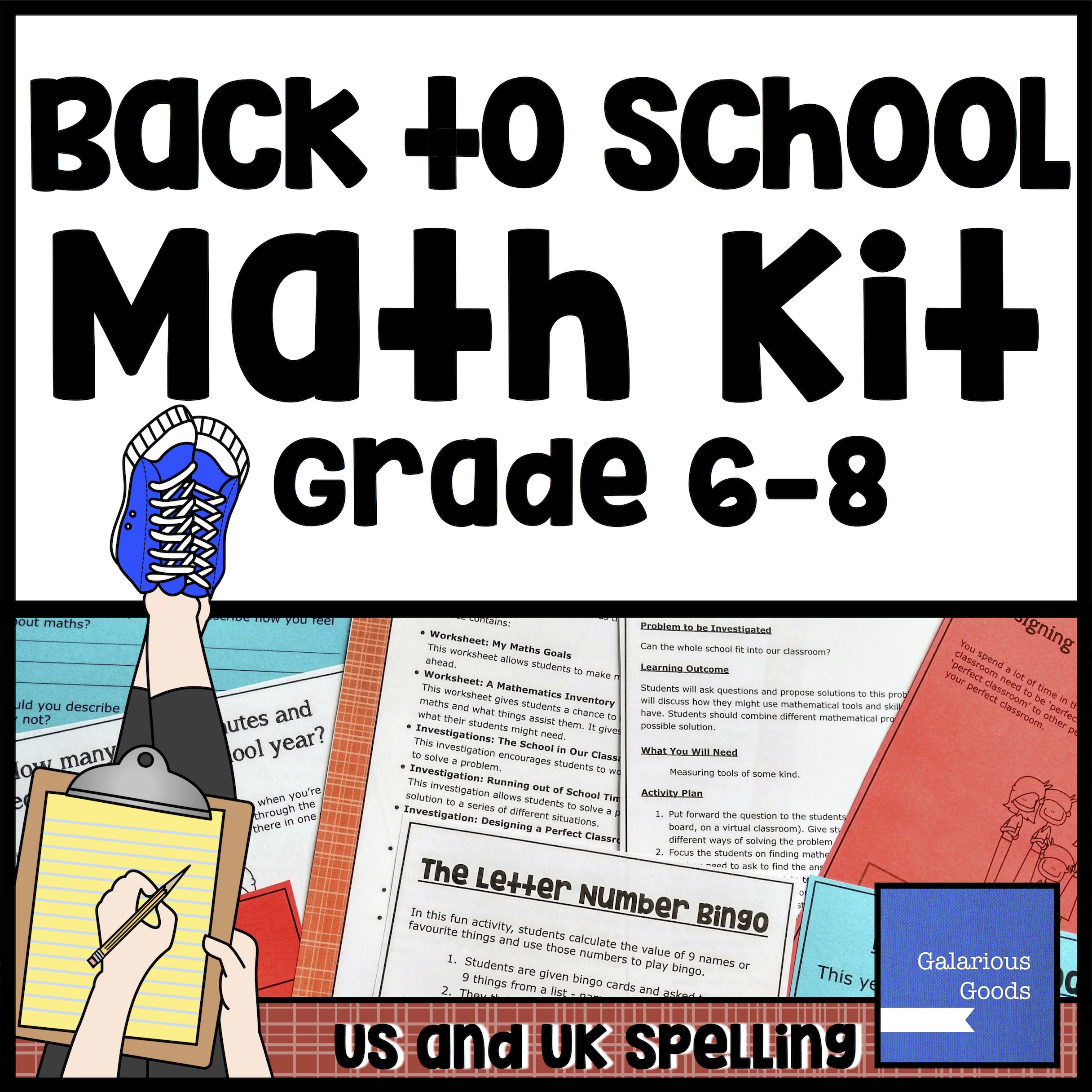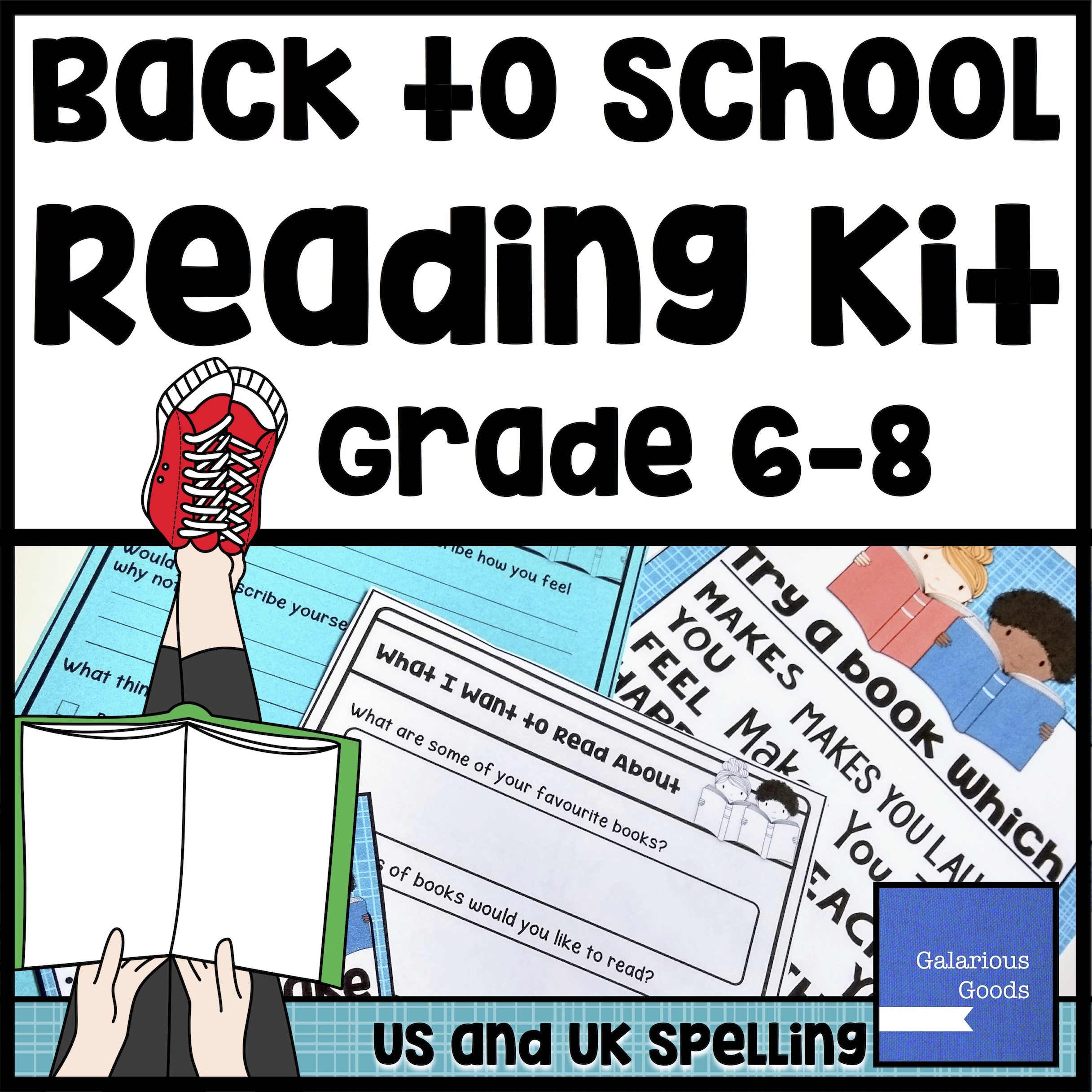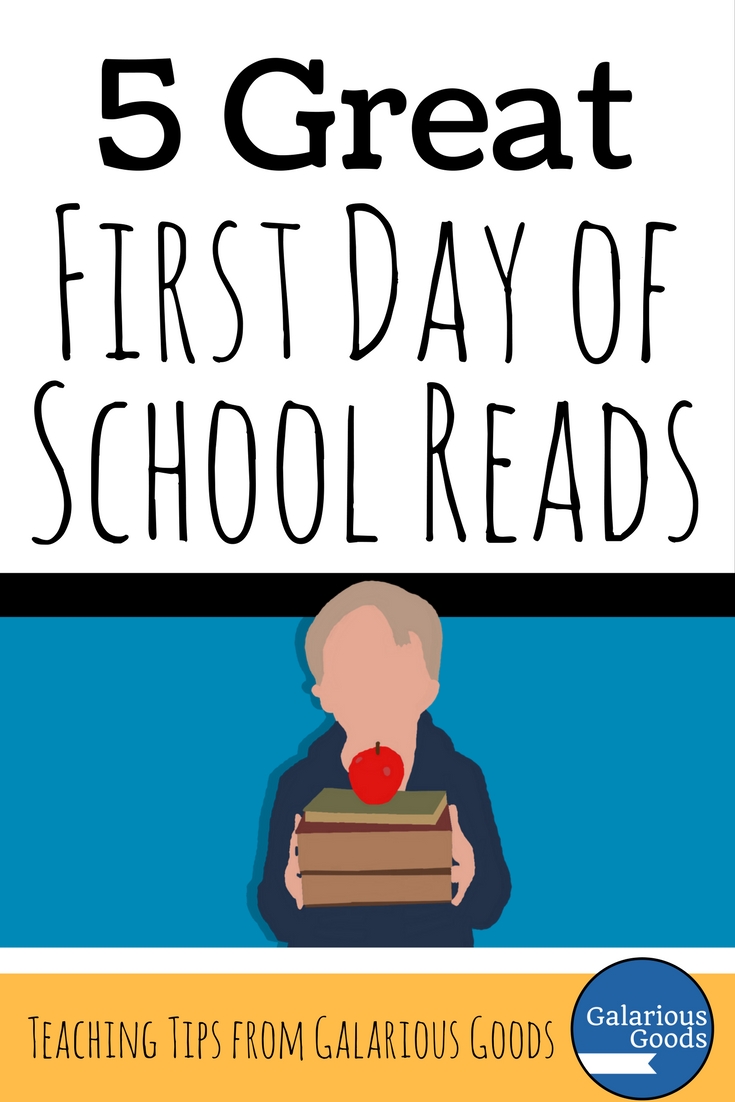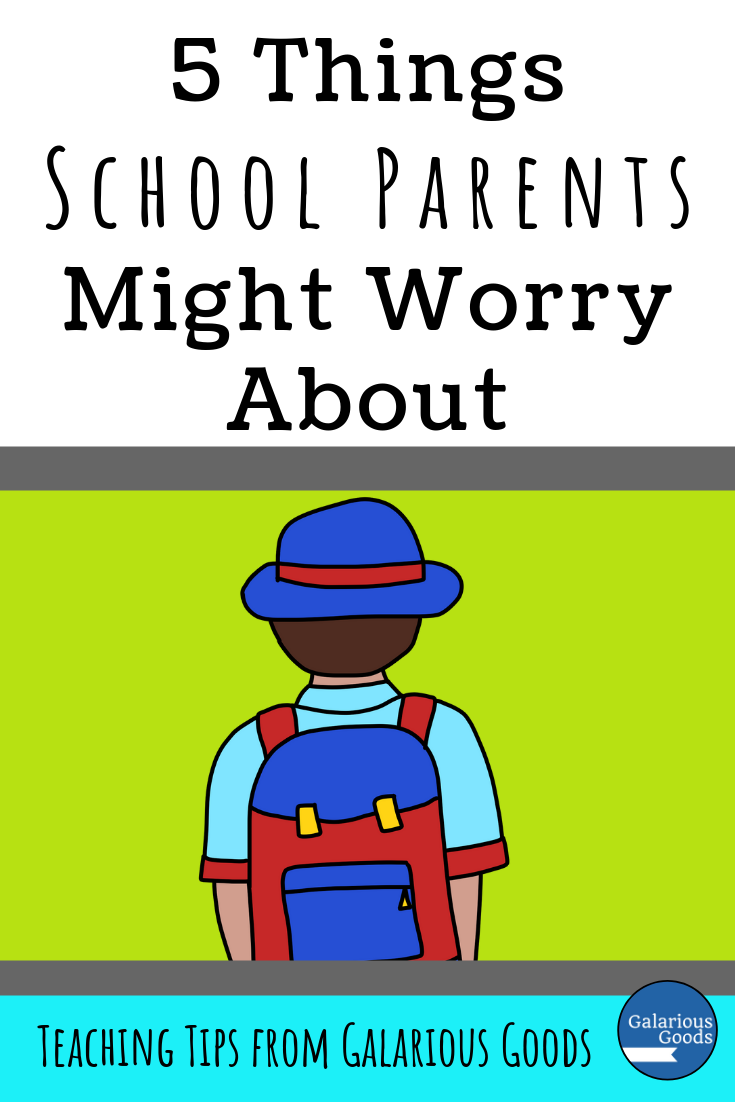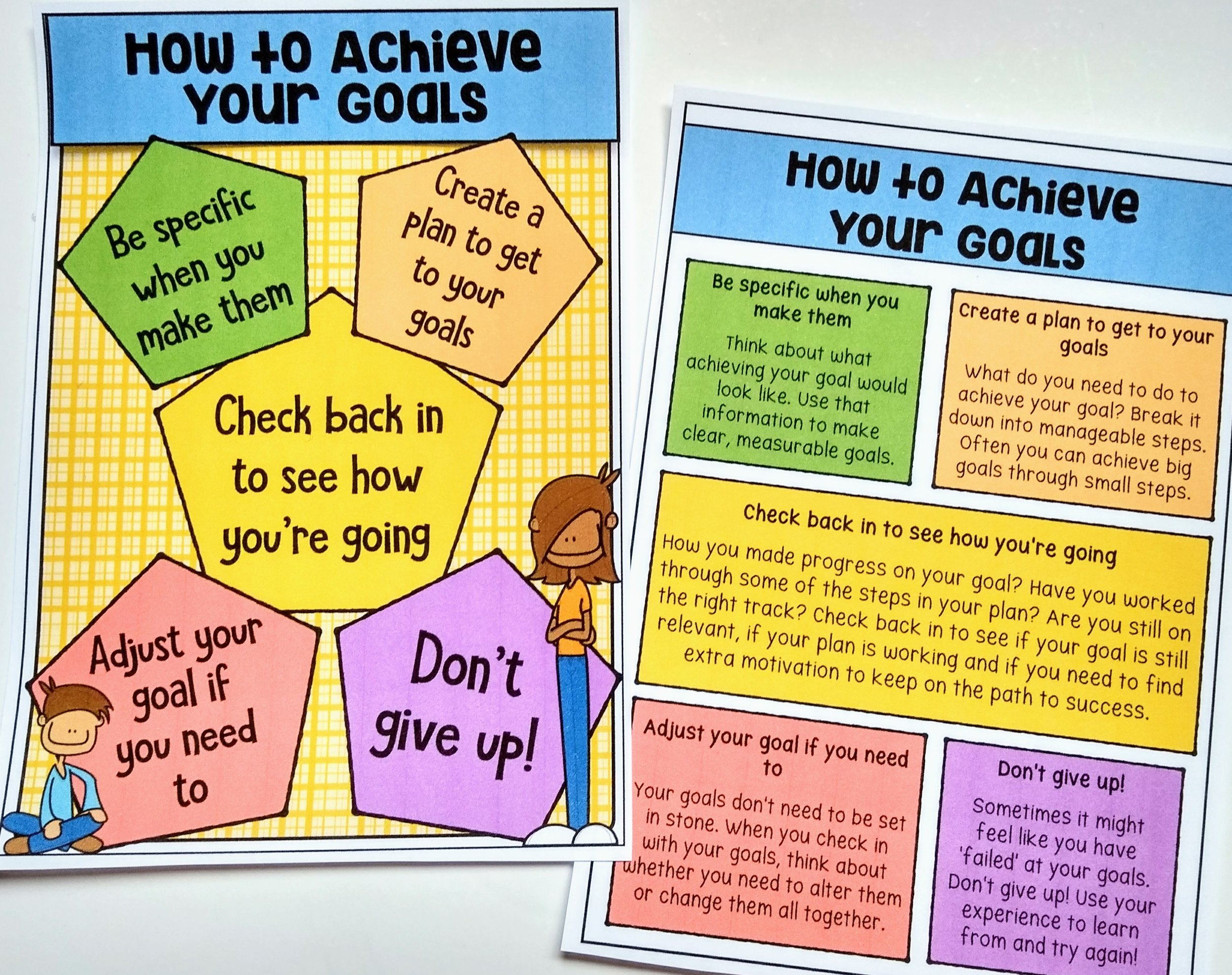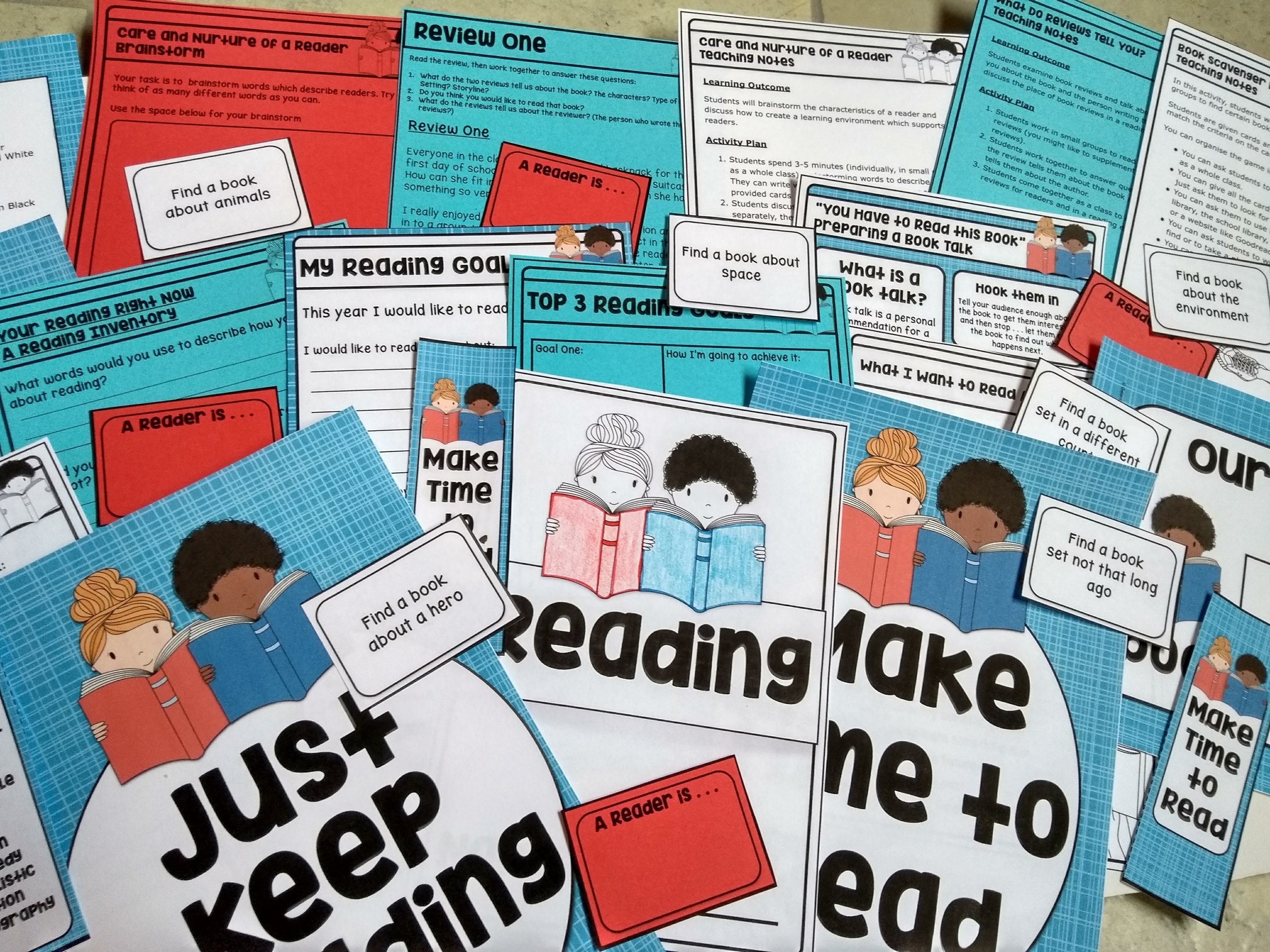10 Great Books About Space Exploration for Your Classroom
/I’ll admit it! In our family we are space fans. We watch documentaries and movies about space, we go to space exhibitions at the museum and we read space books.
A lot of space books.
Here’s 10 of my favourite books about space for your classroom library.
1. Counting on Katherine by Helaine Becker
With the success of the movie Hidden Figures, more people now know about the contribution of Katherine Johnson and her fellow ‘computers’ when it came to getting men to the moon - and home again. This lovely picture book memoir allows children to also learn about this history. It follows Katherine’s life from when she was a young, enthusiastic learner, through to some of the challenges she faced to get an appropriate education through to her achievements.
2. One Giant Leap by Don Brown
This is another memoir, but instead of focusing on the hidden figures behind the space program, it looks at arguably the most famous public face - Neil Armstrong. In 1969, Neil Armstrong was the first person to step on the surface of the moon. In the book, the author chooses to focus on Neil’s childhood and his wish to fly and on the Apollo 11 mission and the moon landing. By choosing just 2 focal points, students are able to draw connections between the boy who worked hard to fly and the man who worked hard to walk on the moon.
3. Reaching for the Moon by Buzz Aldrin
This beautifully illustrated picture book is written by the second man to walk on the moon, Buzz Aldrin. It’s a longer book by the first two, but a fantastic overview of Buzz’s life from childhood until the moon landing and a wonderful insight into what an astronaut is actually thinking about and why they think they were able to succeed.
4. Moonwalkers by Mark Greenwood
Like One Giant Leap and Reaching for the Moon, this is a story about the Apollo 11 mission and the first moon landing. However, instead of focusing on the astronauts, it focuses on the people watching the landing back on Earth. Billy lives near The Dish, and he wishes he can be an astronaut. The book shows us the elements of the mission through Billy’s craft projects, through the games he plays, through his dreams and through the viewing of the first steps on the family television. Terry Denton’s illustrations are particularly wonderful in this book - especially the spread showing the 20 steps to get the astronauts to the moon and back again.
5. To the Stars by Carmella Van Vleet and Dr Kathy Sullivan
Kathy Sullivan was the first woman to complete a space walk. Like other picture book memoirs about astronauts, this one explores some of the interests and characteristics she showed as a child and compares it with their achievements as adults. This one doesn’t follow a linear narrative, though, instead going back and forward to make direct connections. This interesting story telling style is well worth exploring with students.
6. The Astronaut with a Song for the Stars by Julia Finley Mosca
This memoir of Dr Ellen Ochoa is a bit different from the other memoirs - because it’s written in a delightful rhyming style. As well as examining Ellen’s childhood, this book looks at the influence of her family and their experiences. This book also connects nicely with Reaching for the Moon - emphasising the importance for both Buzz Aldrin and Ellen Ochoa of learning more to achieve. This book with additional information and a timeline included is a wonderful way to explore persistence.
You can find a book study for The Astronaut with a Song for the Stars - and a free resource! - at the Galarious Goods shop
7. The Darkest Dark by Chris Hadfield and Kate Fillion
Chris Hadfield became well known for his communication and songs from the International Space Station. However, this book focuses mostly on a child, Chris, who loves space and rockets, but is scared of the dark. When he watched the Apollo 11 moon landing he gains a different perspective on the dark and the wonders it holds.
8. On the Moon by Anna Milbourne
This is a special book to me, because we actually bought it at The Dish mentioned in Mark Greenwood’s Moonwalkers! This is a book aimed at younger readers showing a young girl who is interested in space and the moon. The book walks through what happened on a typical moon landing mission, from the launch to the landing and home again. This would be a great one to have in a lower grades class or for new readers.
9. Penguinaut by Marcie Colleen
It’s amazing how many picture books feature animals deciding to go to the moon! This lovely picture book is one of those, following the story of Orville the small penguin who has a lot of big friends with big adventures. So he devises a big adventure of his own - a trip to the moon - which he will complete on his own. There’s a lot to explore in this book and it’s a lovely companion to the non-fiction books.
10. Curiosity by Markus Motum
On the day my son was born, a little rover landed on Mars. That rover was Curiosity and this beautiful book is Curiosity’s story. It tells the reader why rovers were built, how they were built and how they were launched to Mars. It’s a beautiful non-fiction book which examines the history of the rovers while allowing room for further curiosity when it comes to space exploration.




